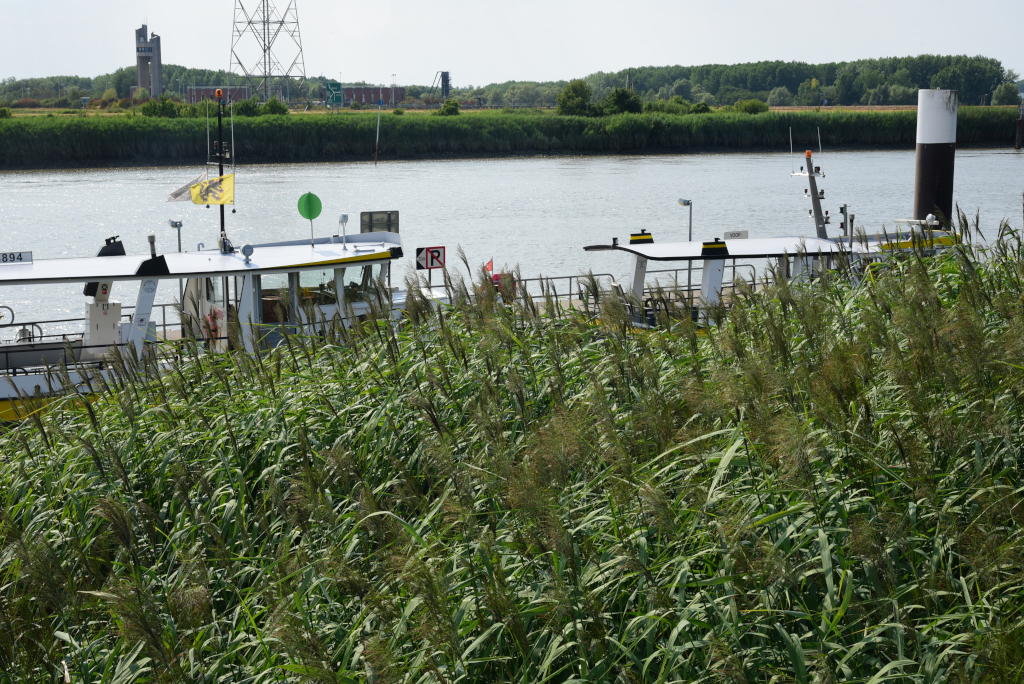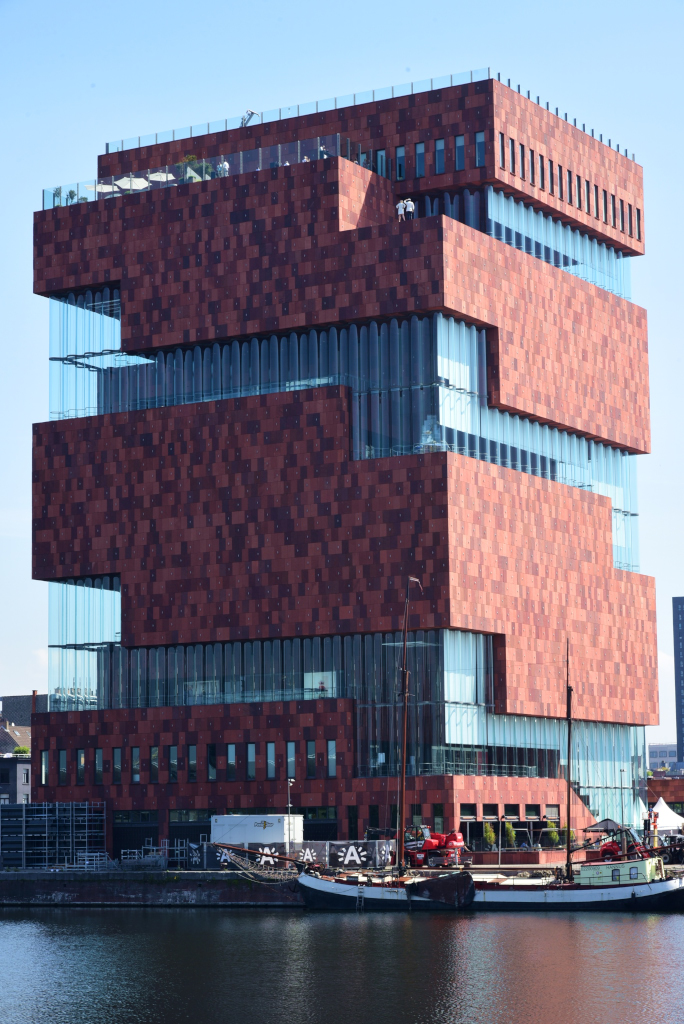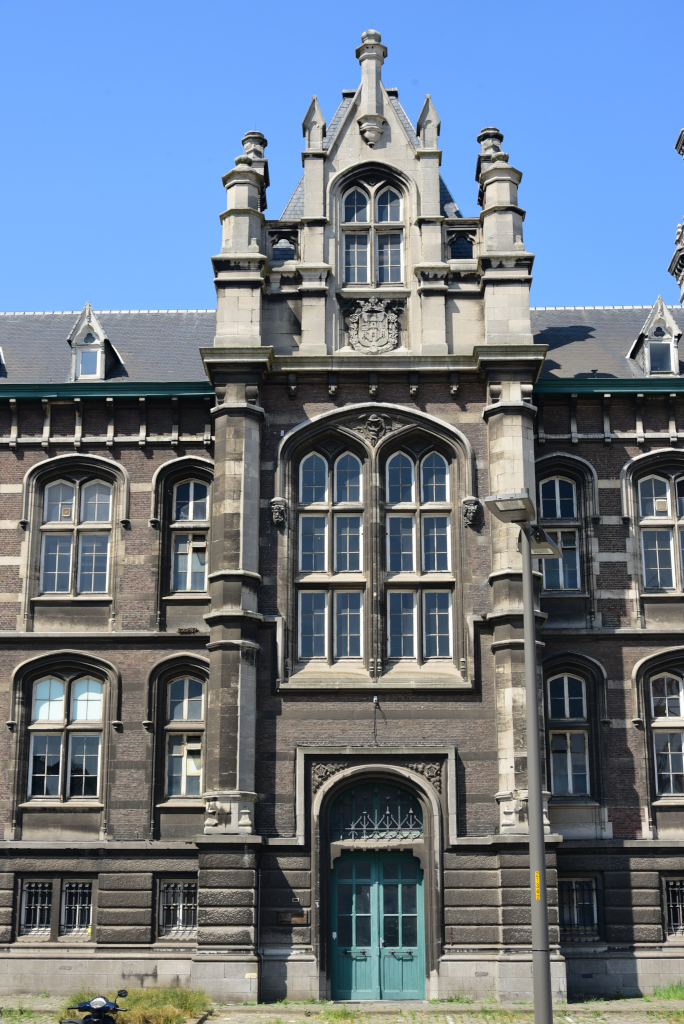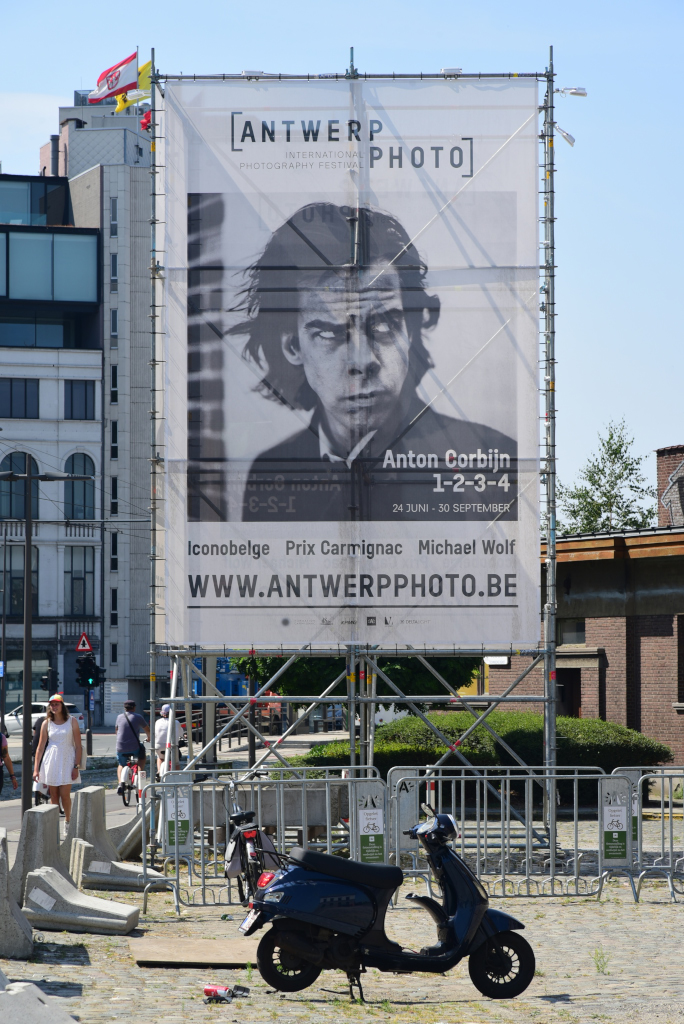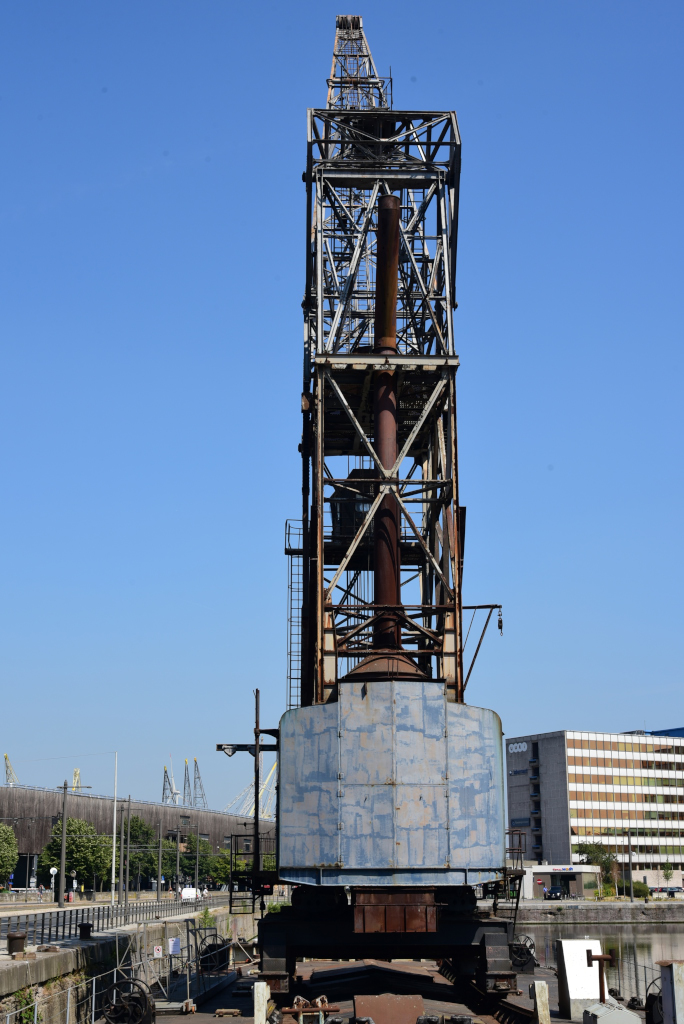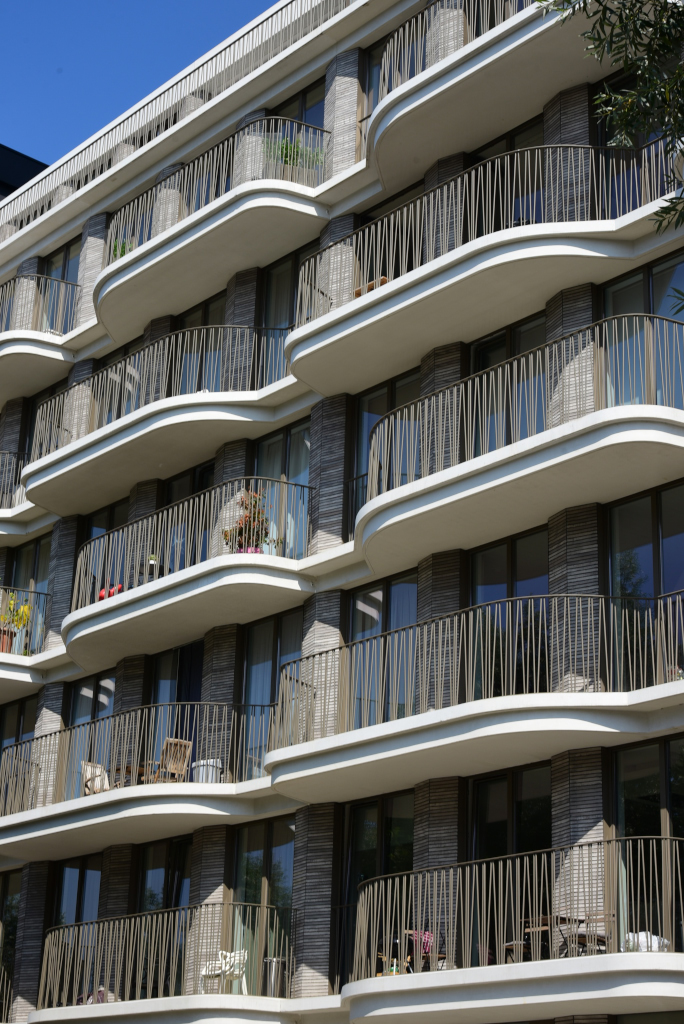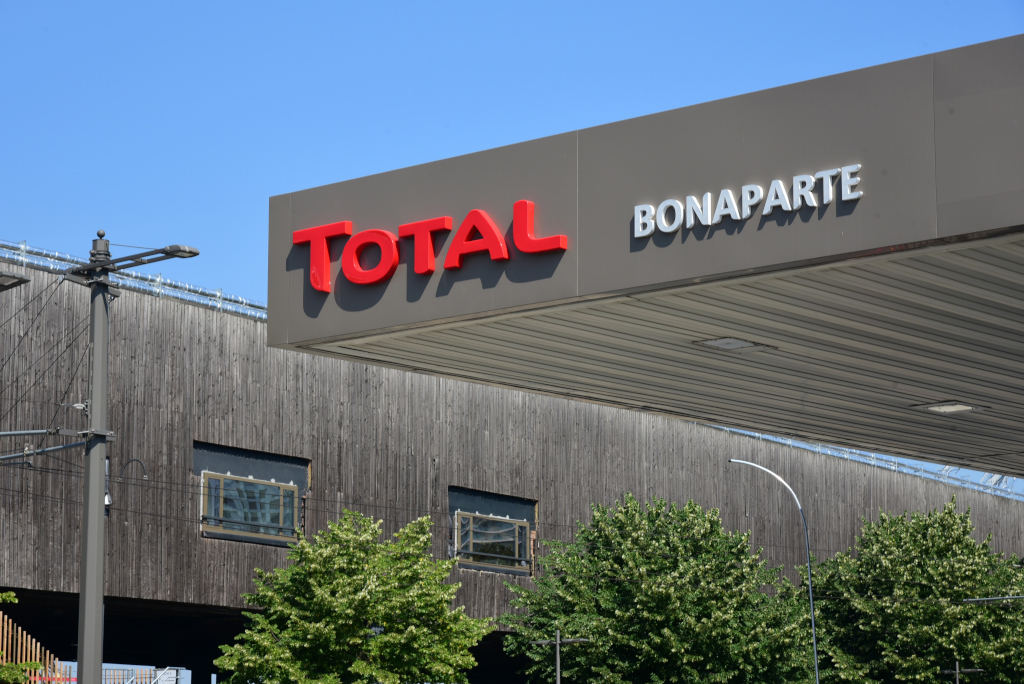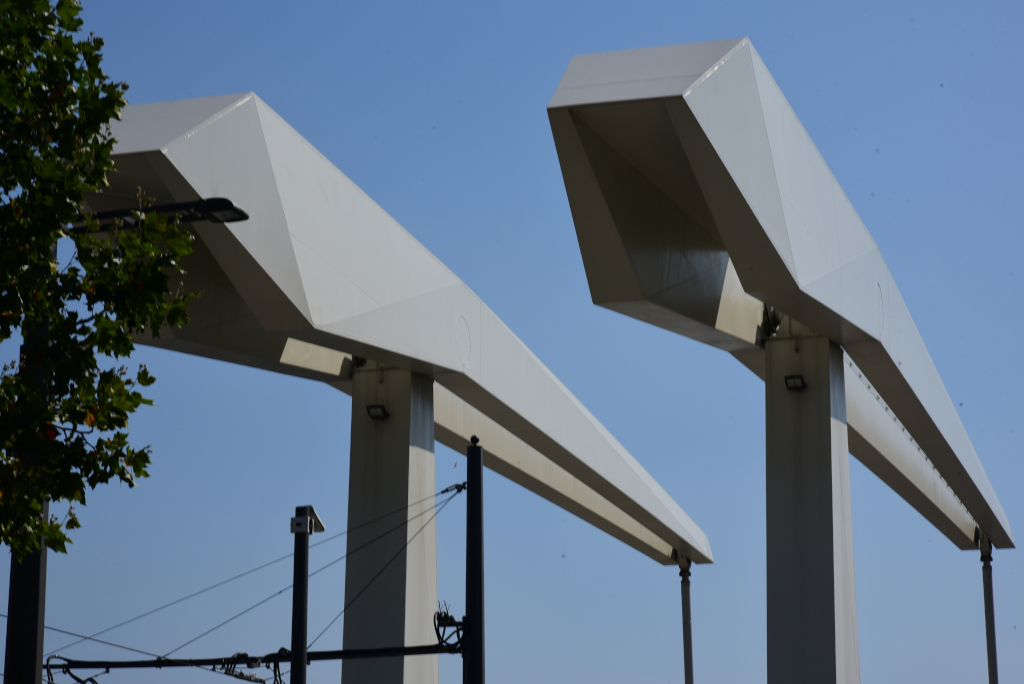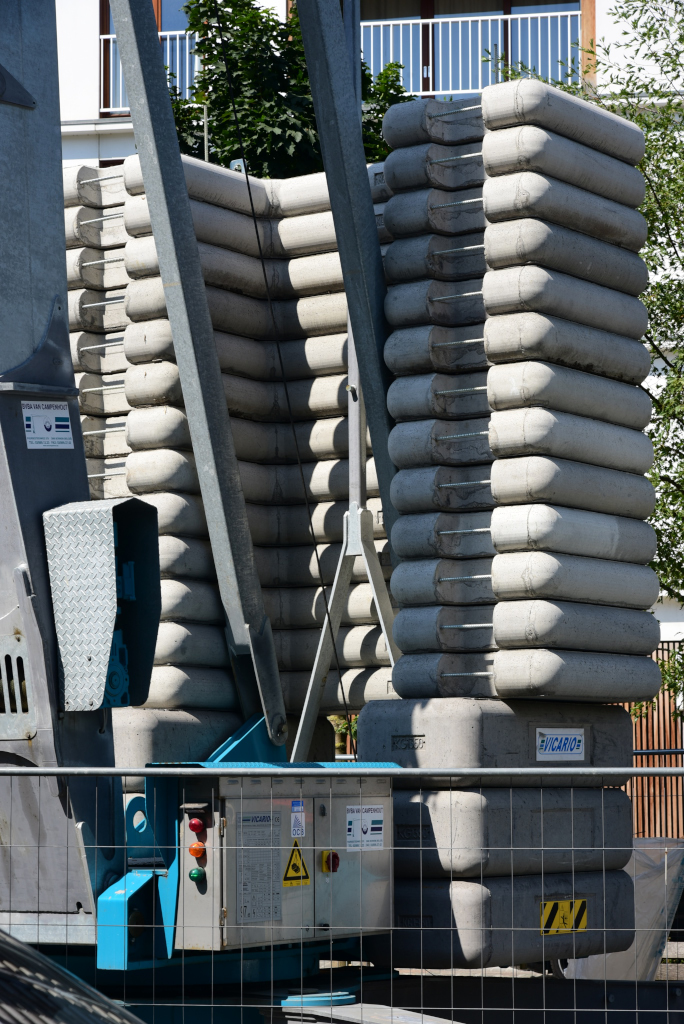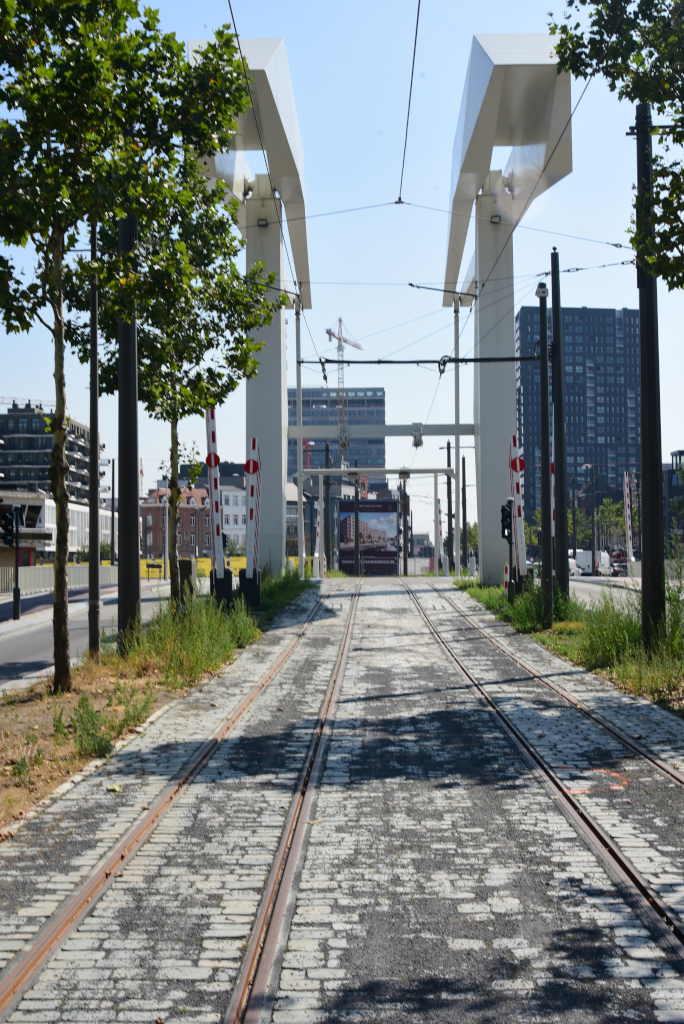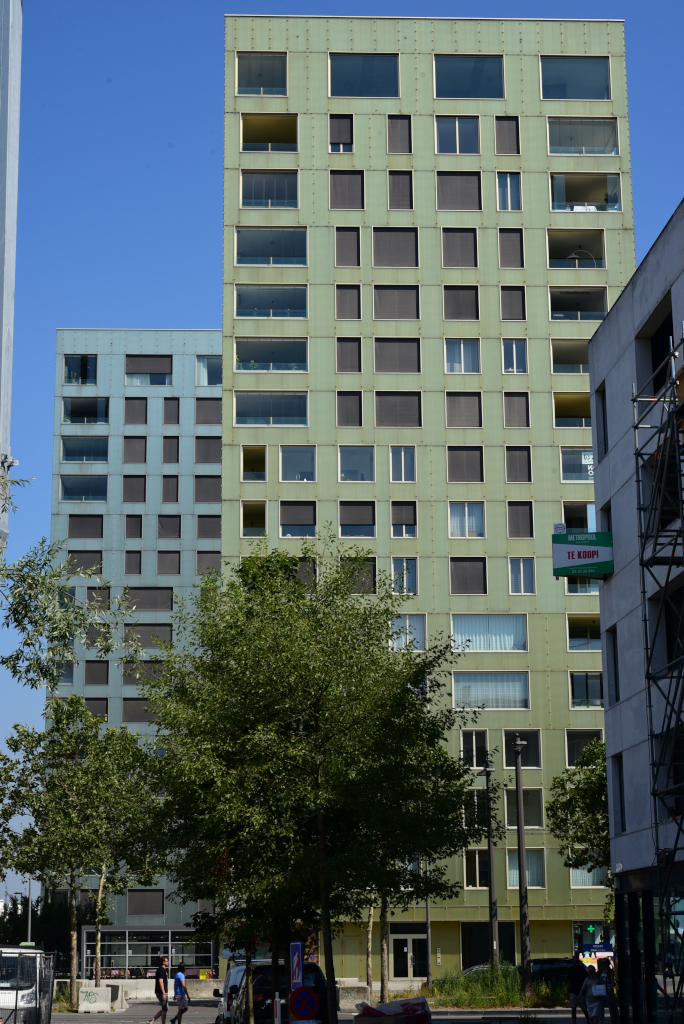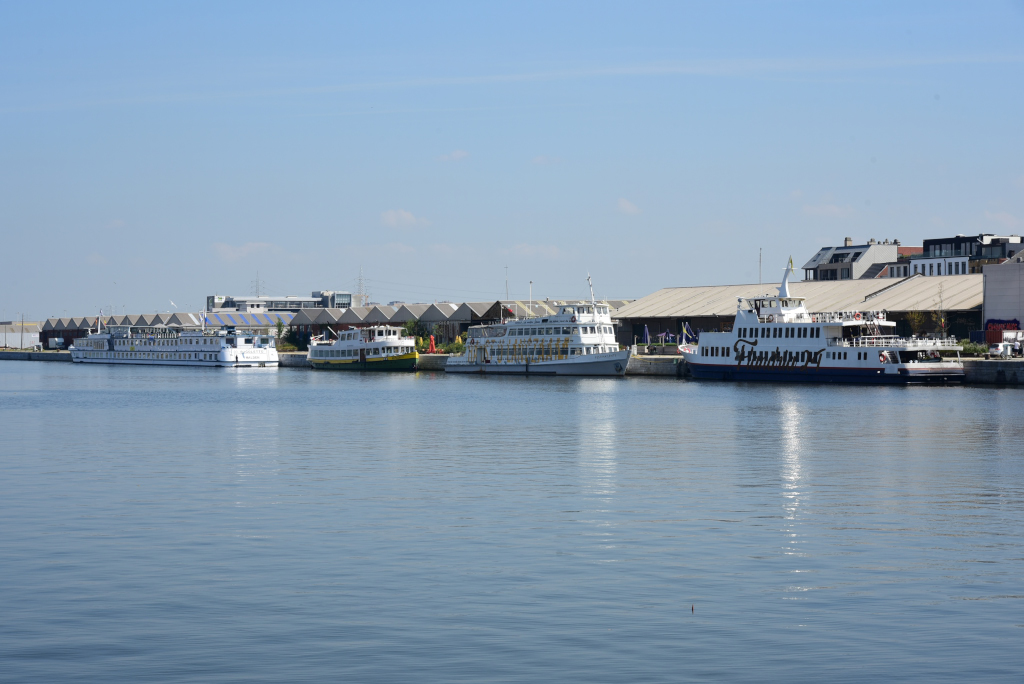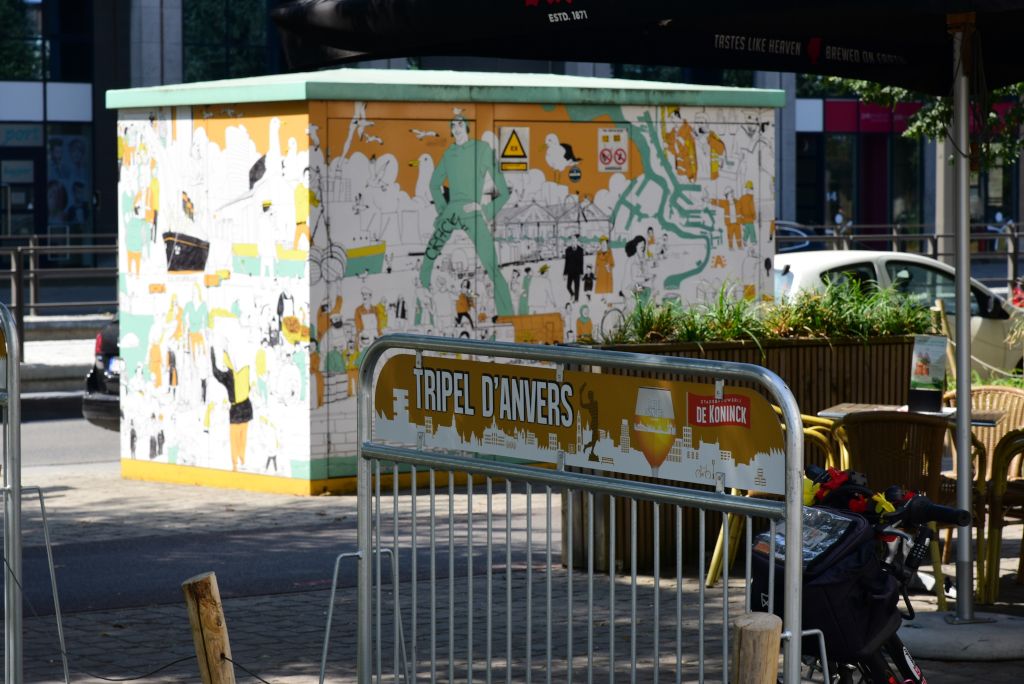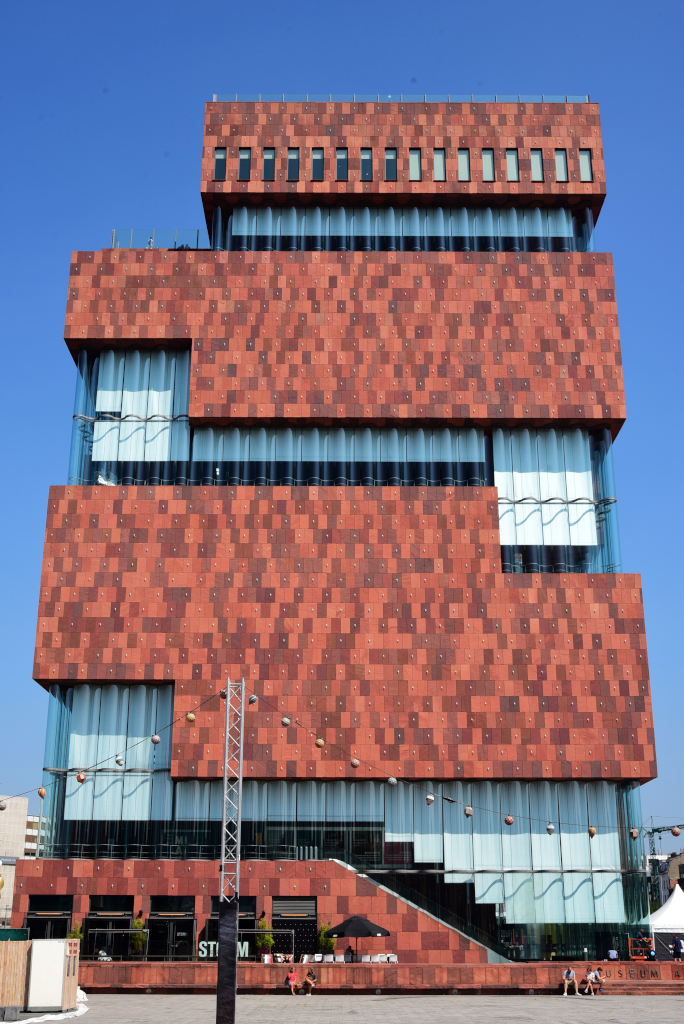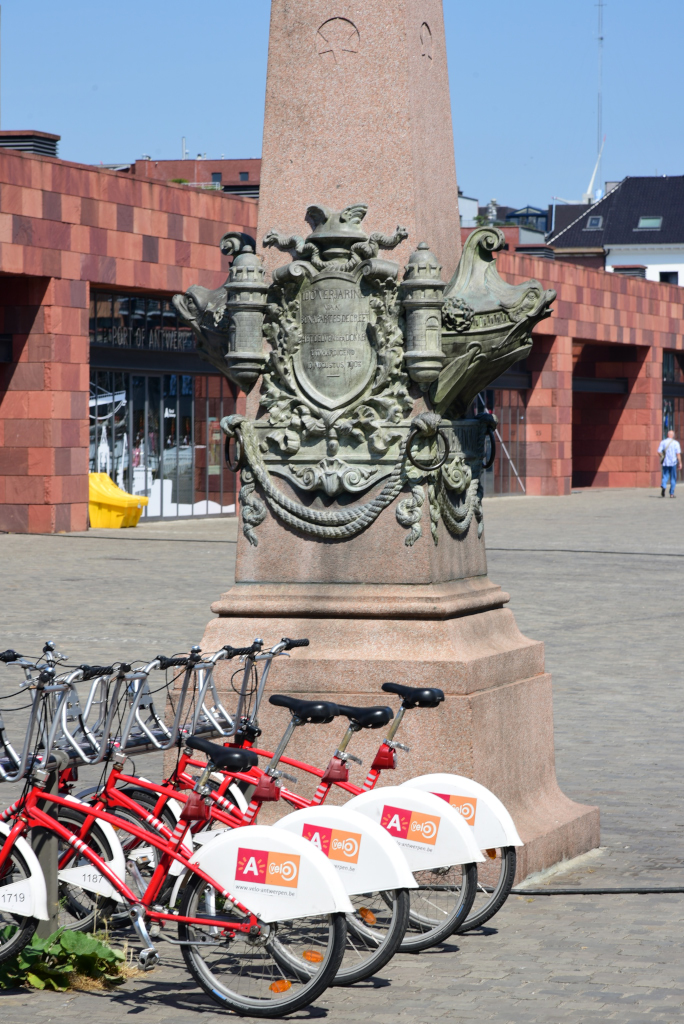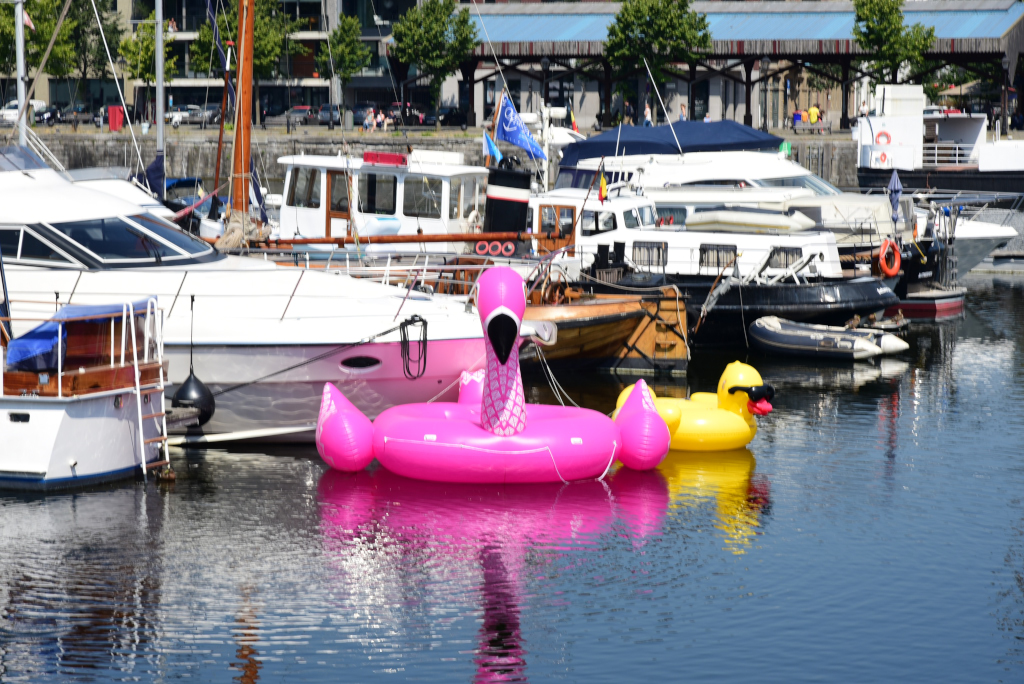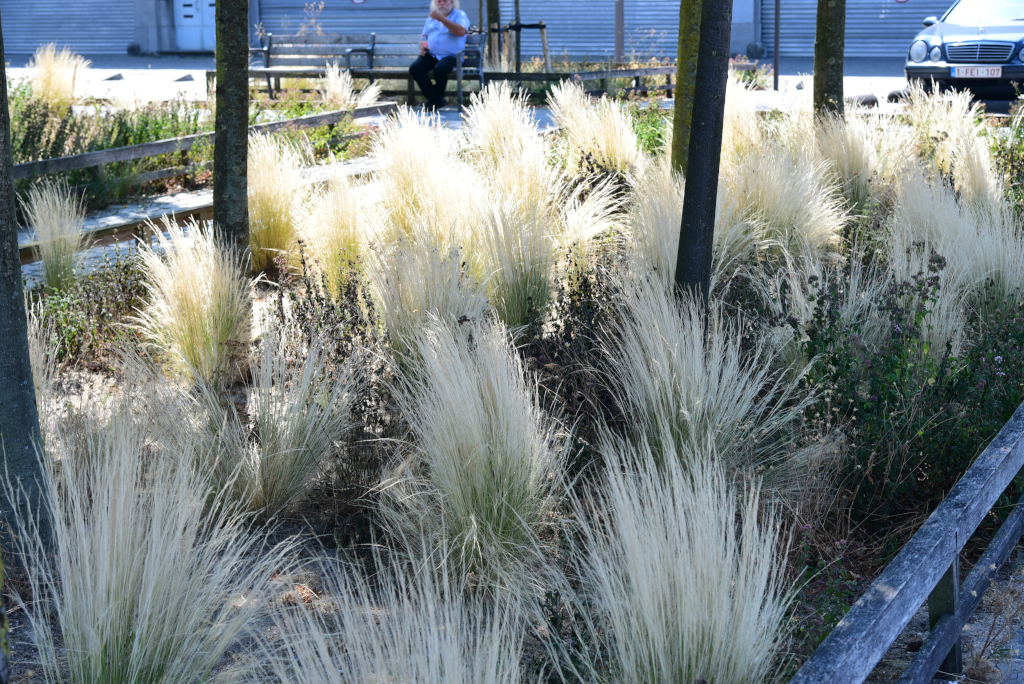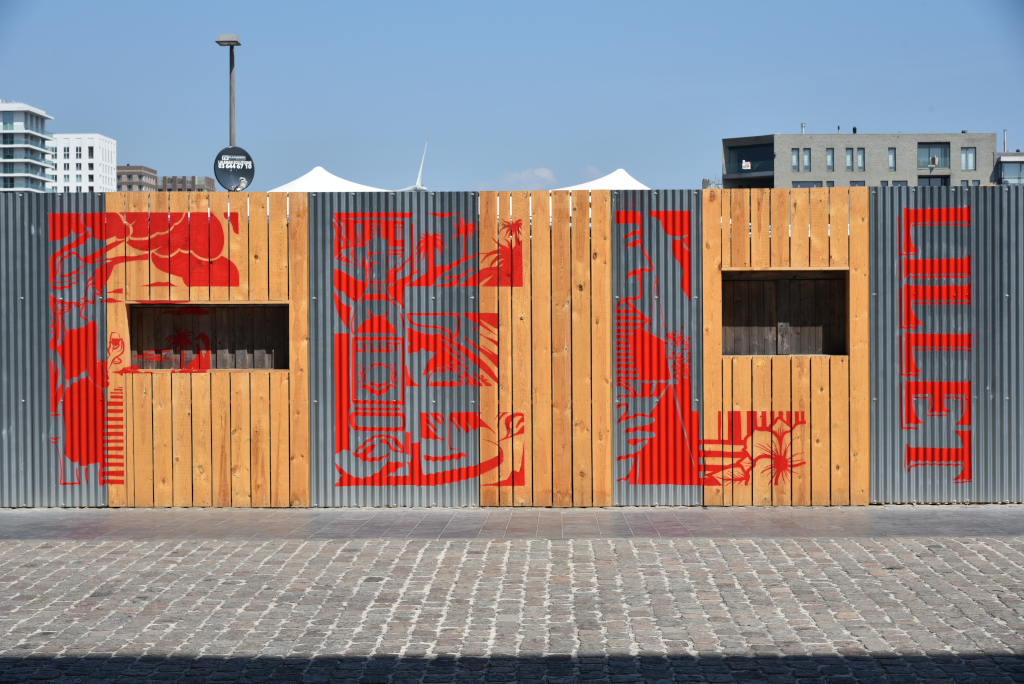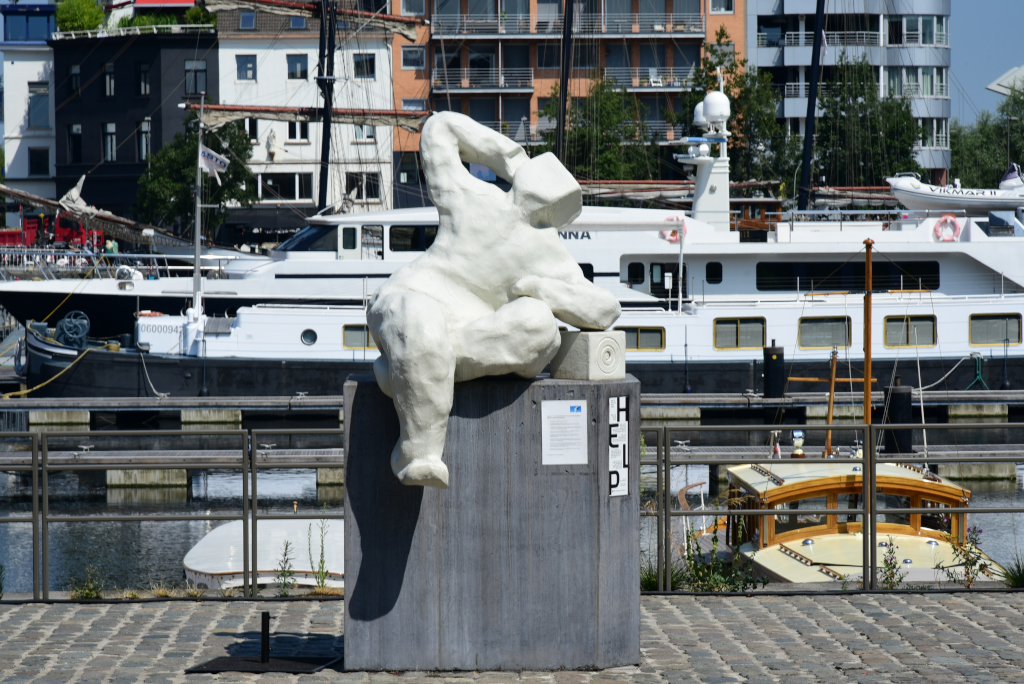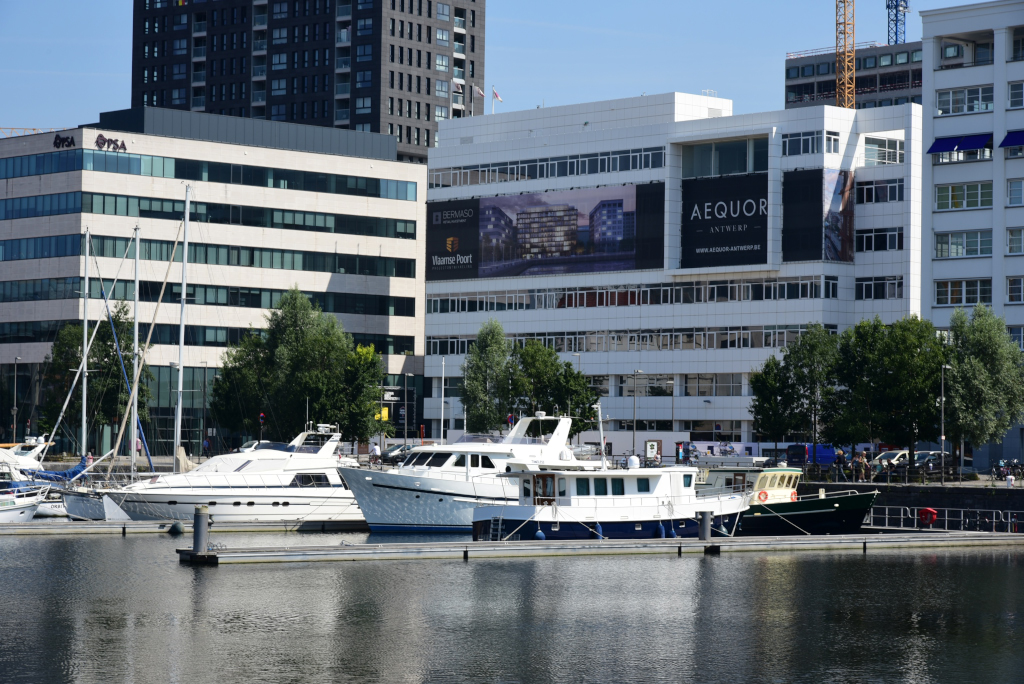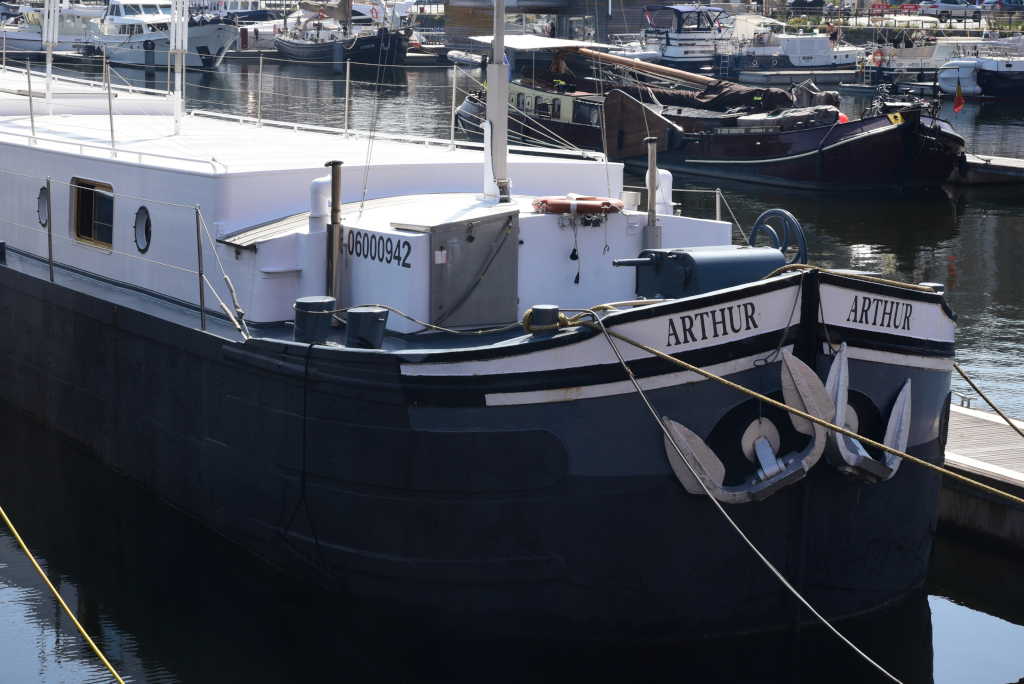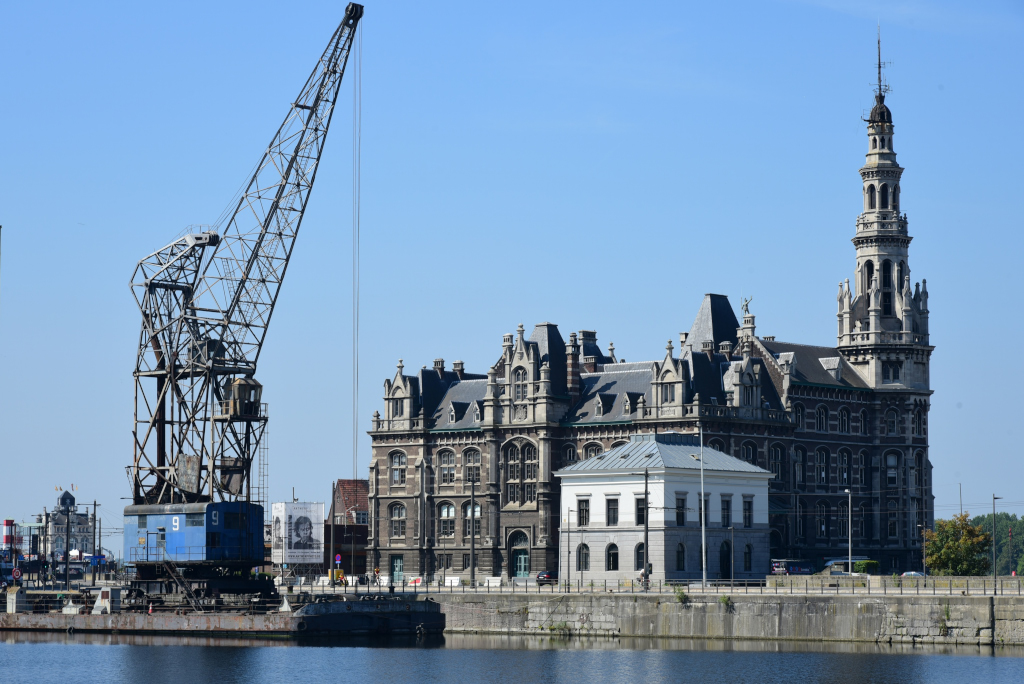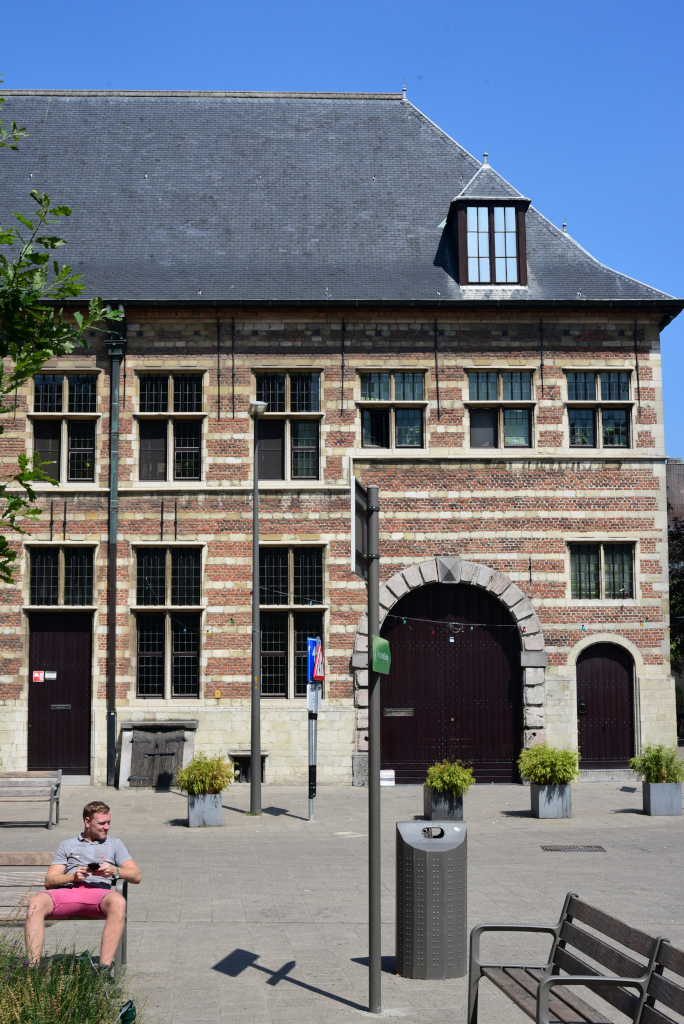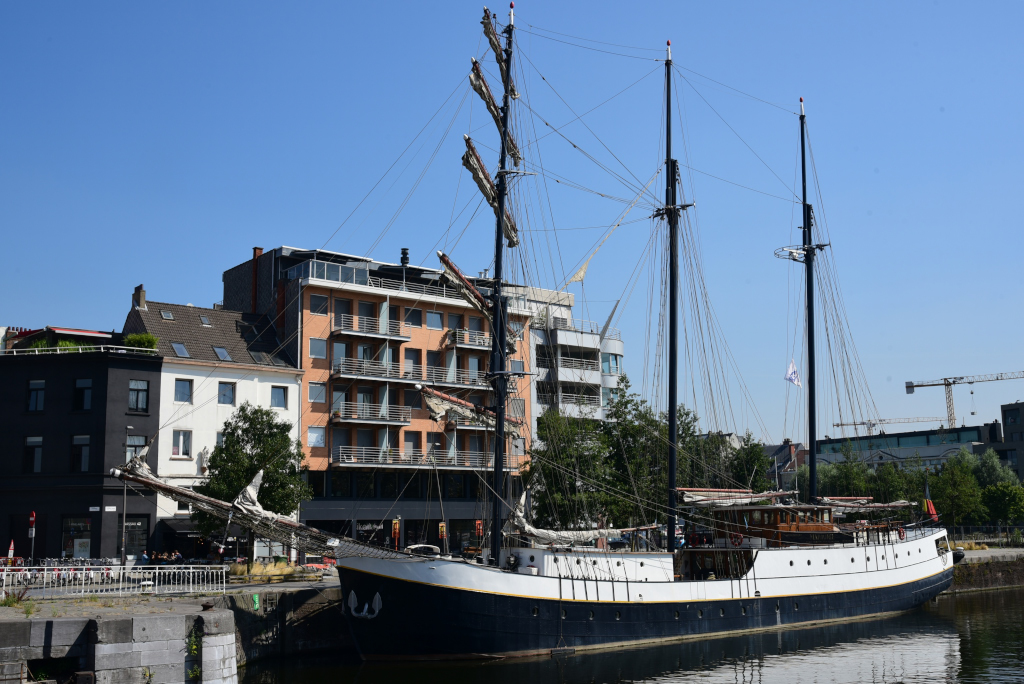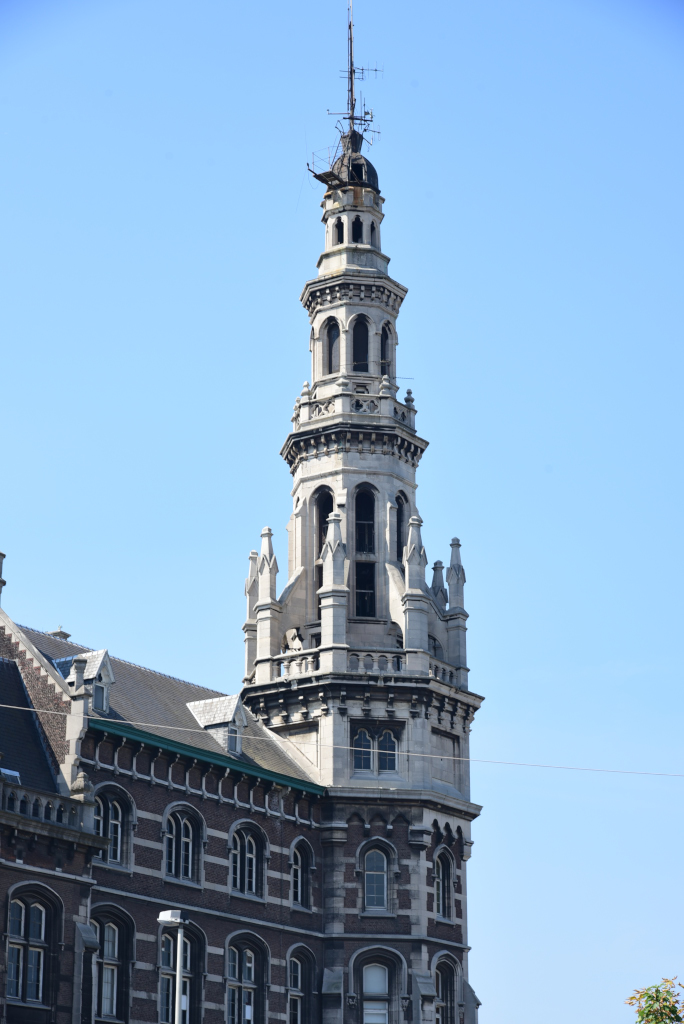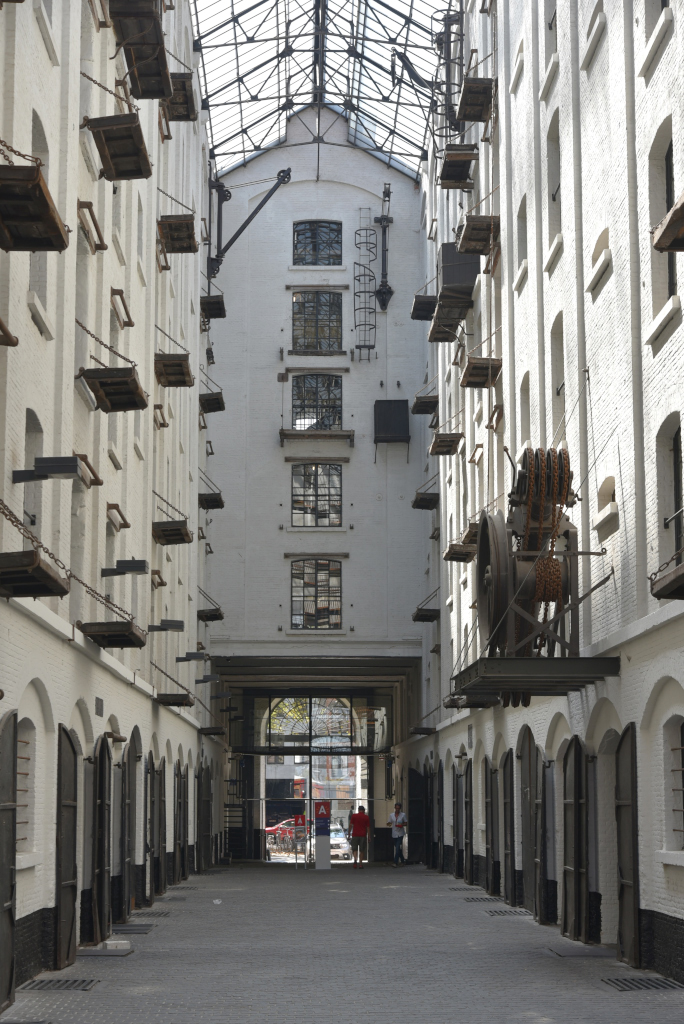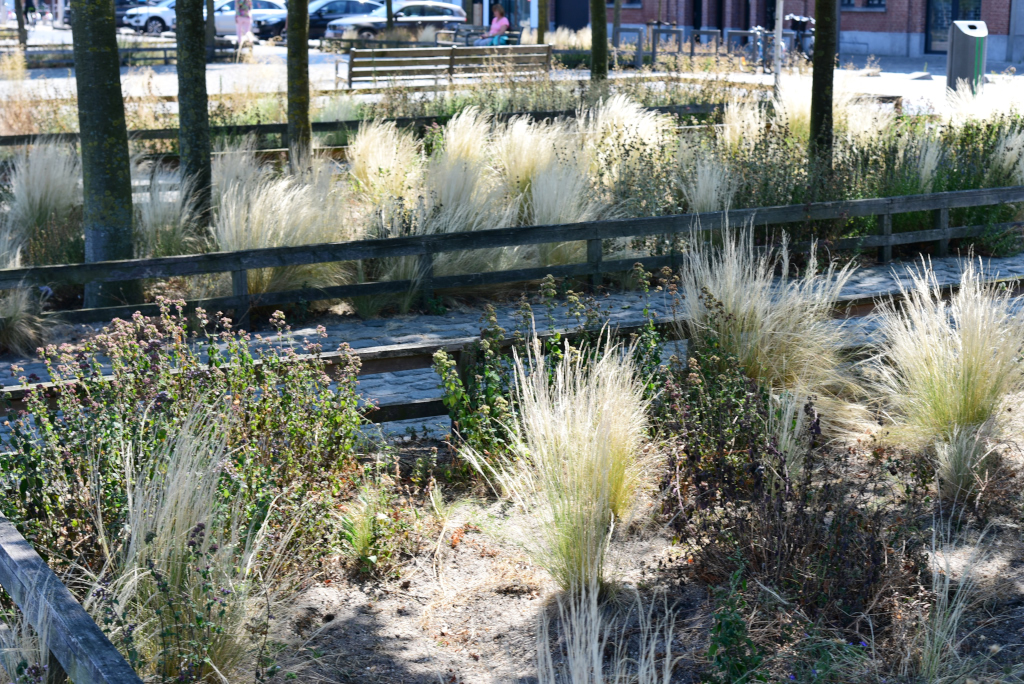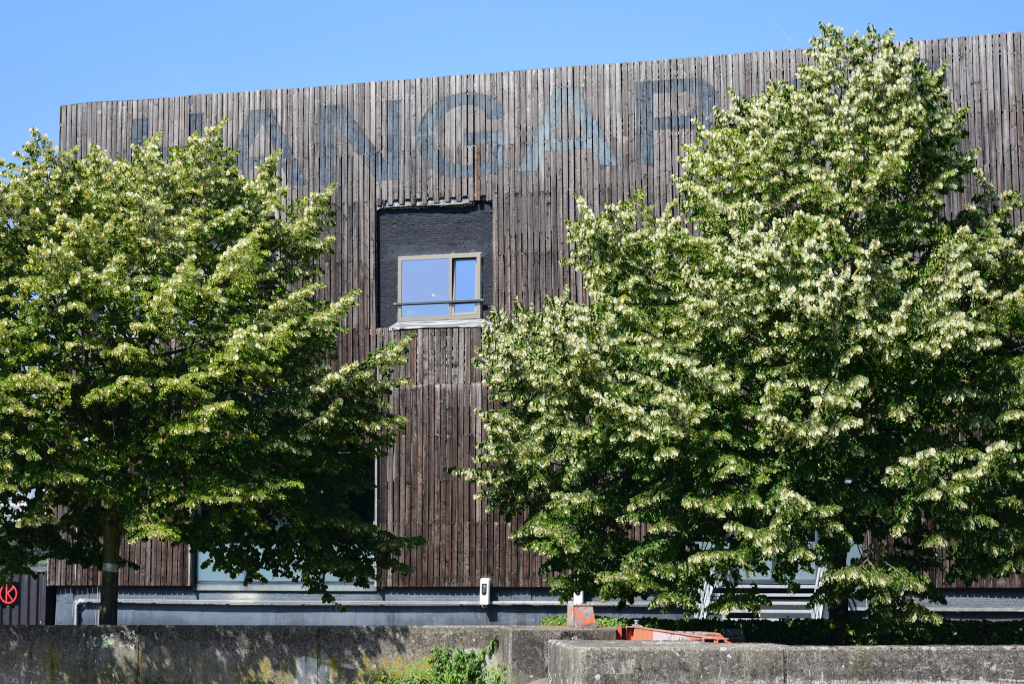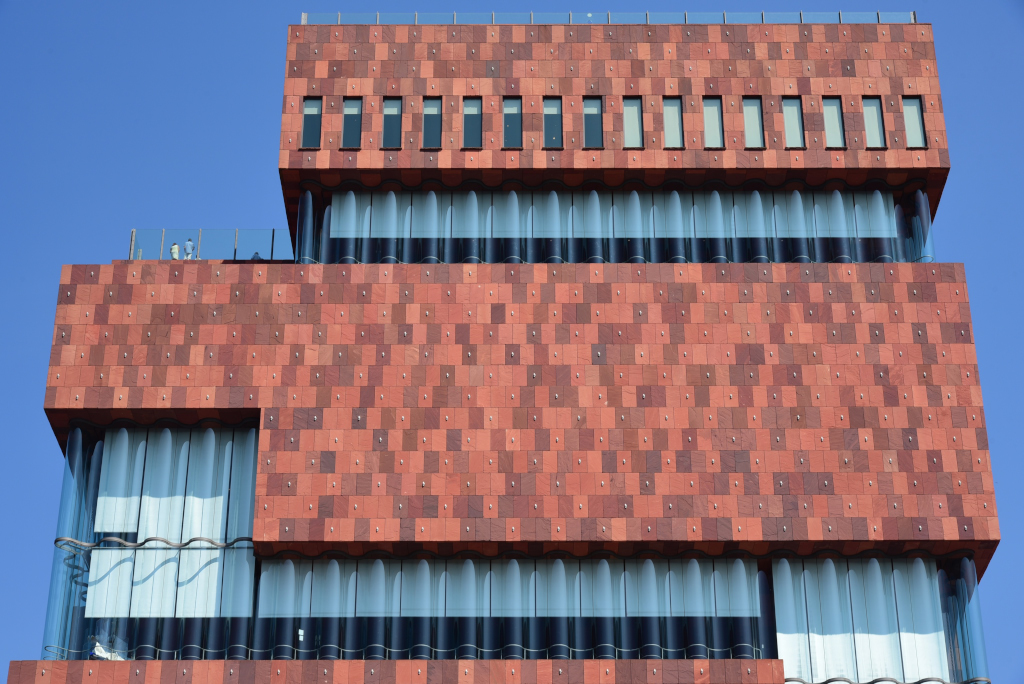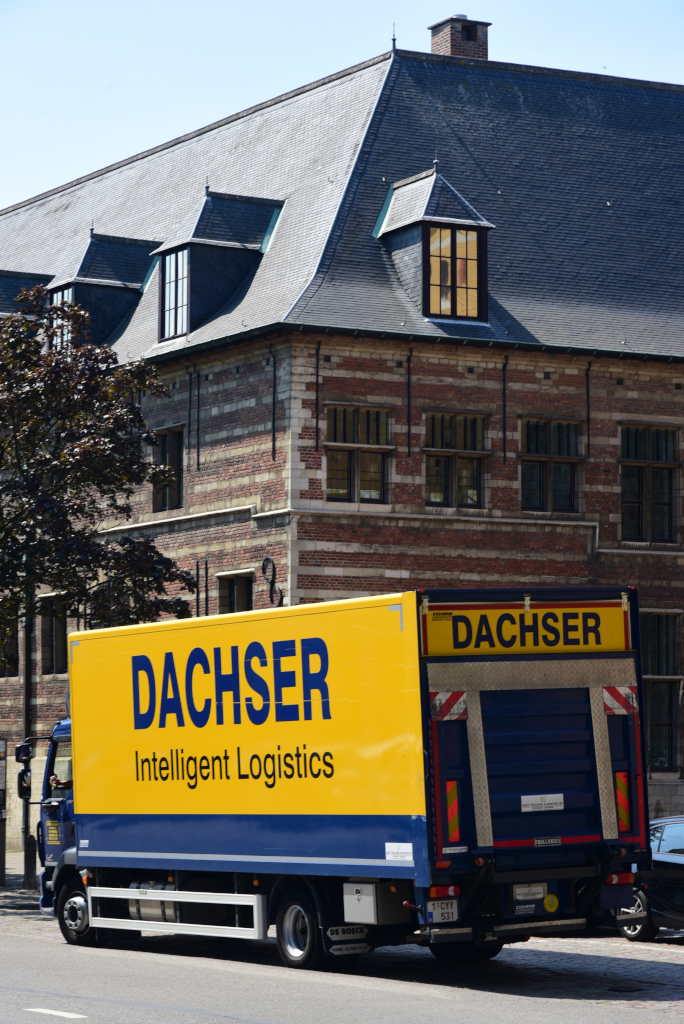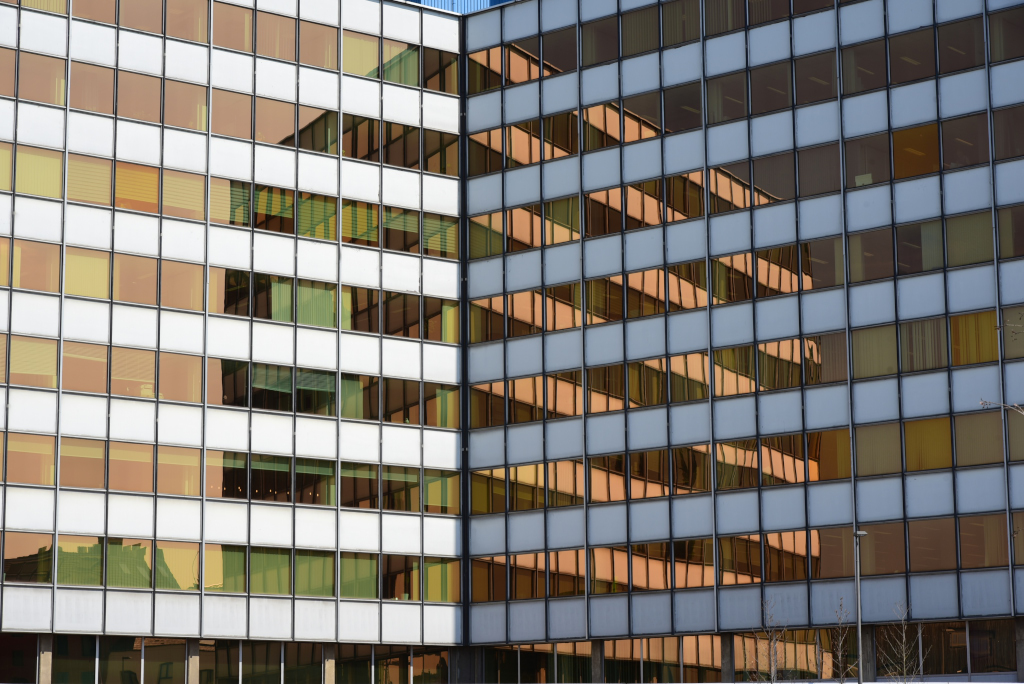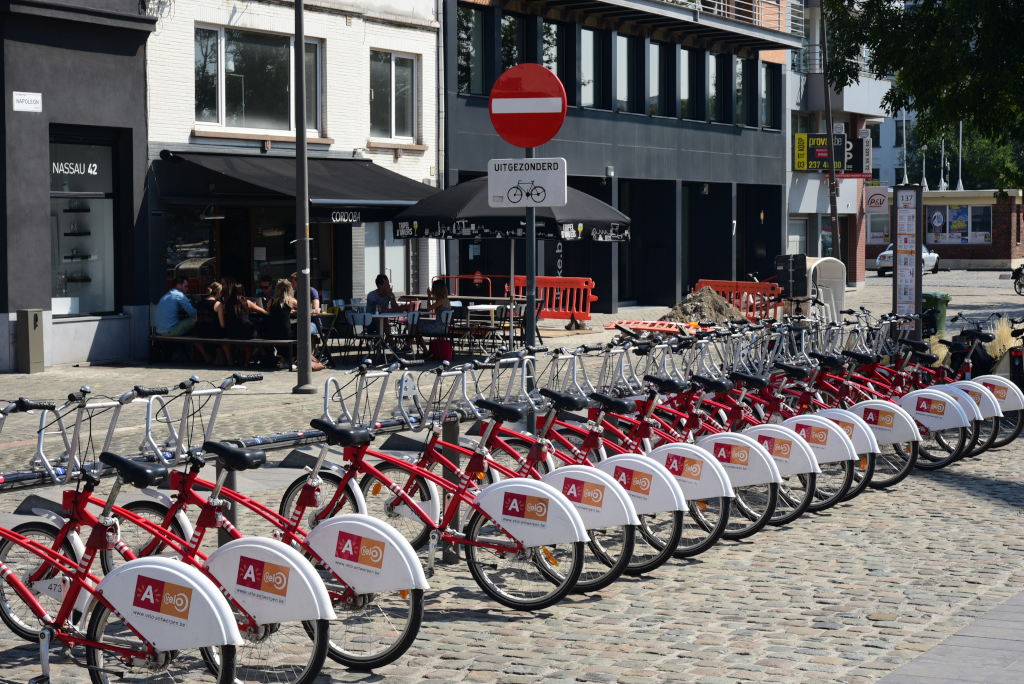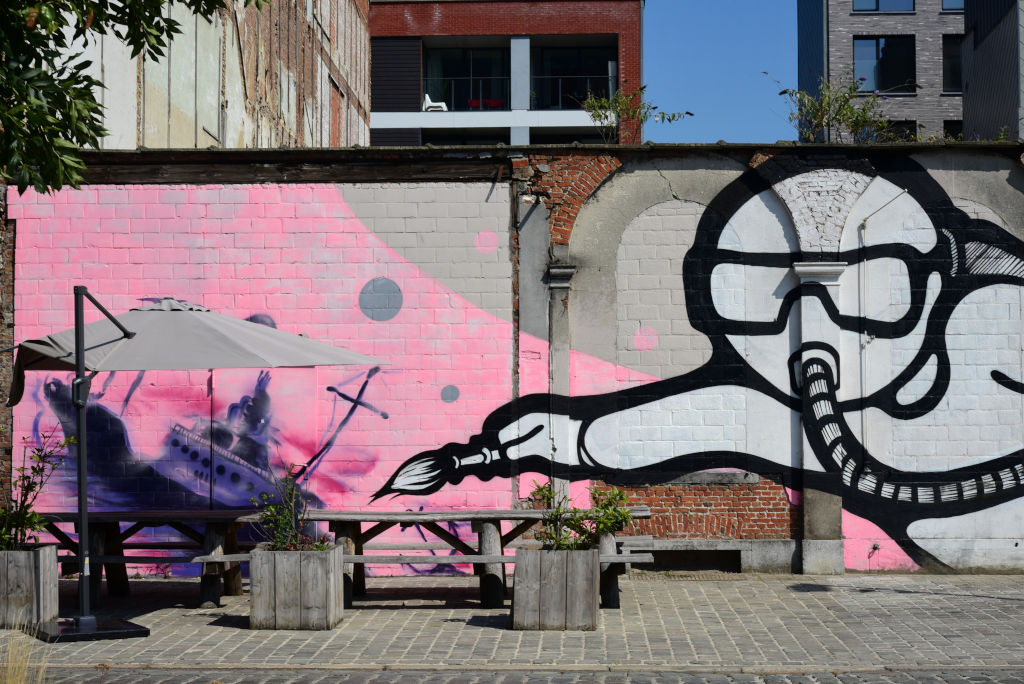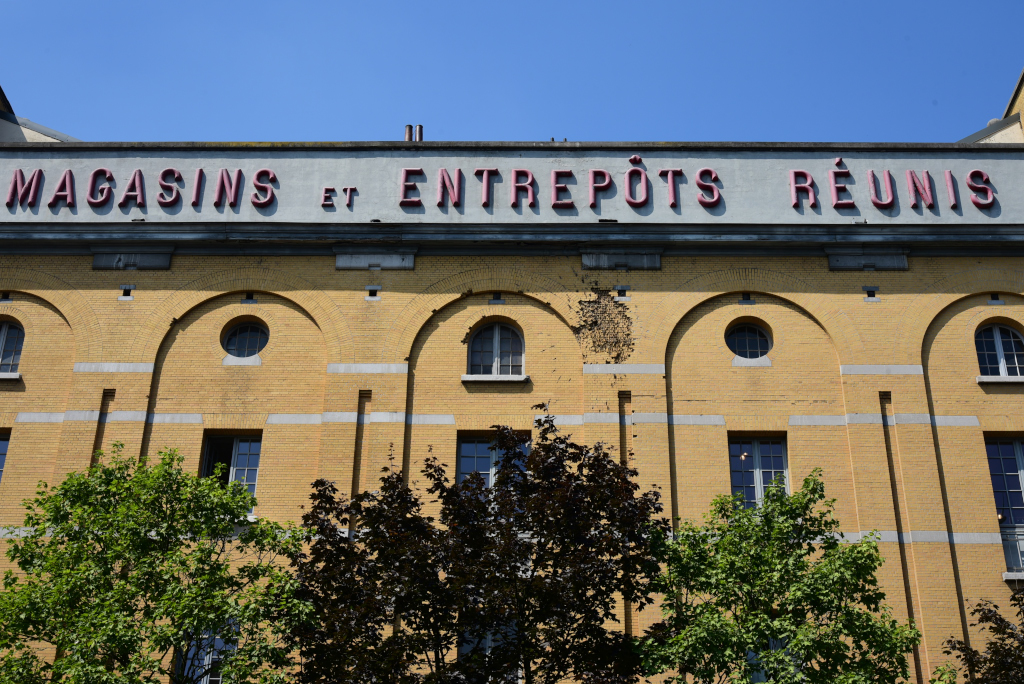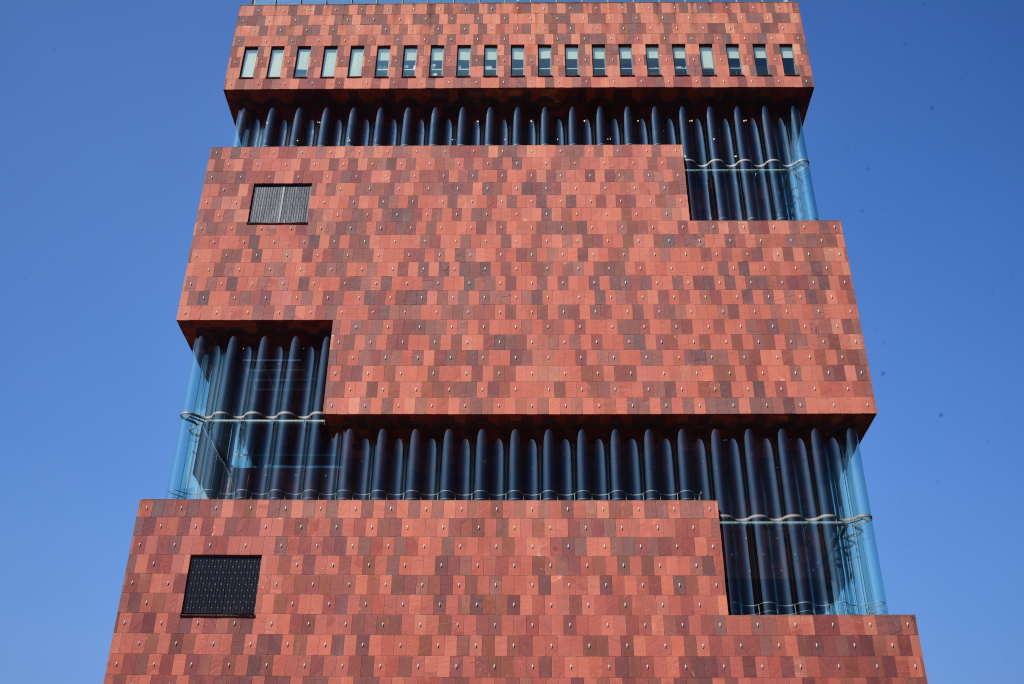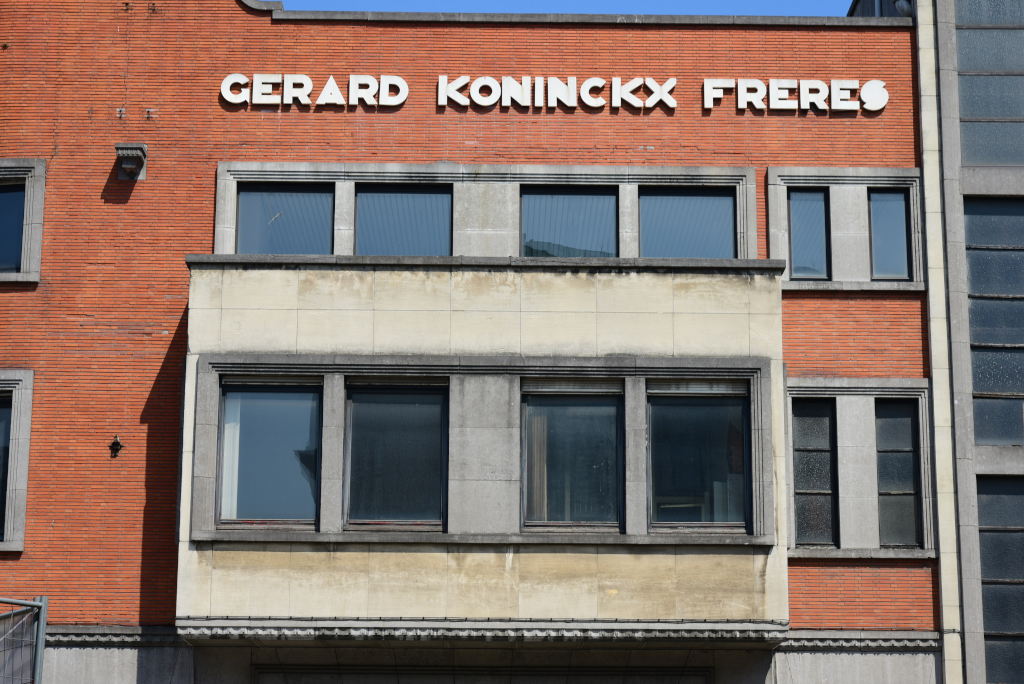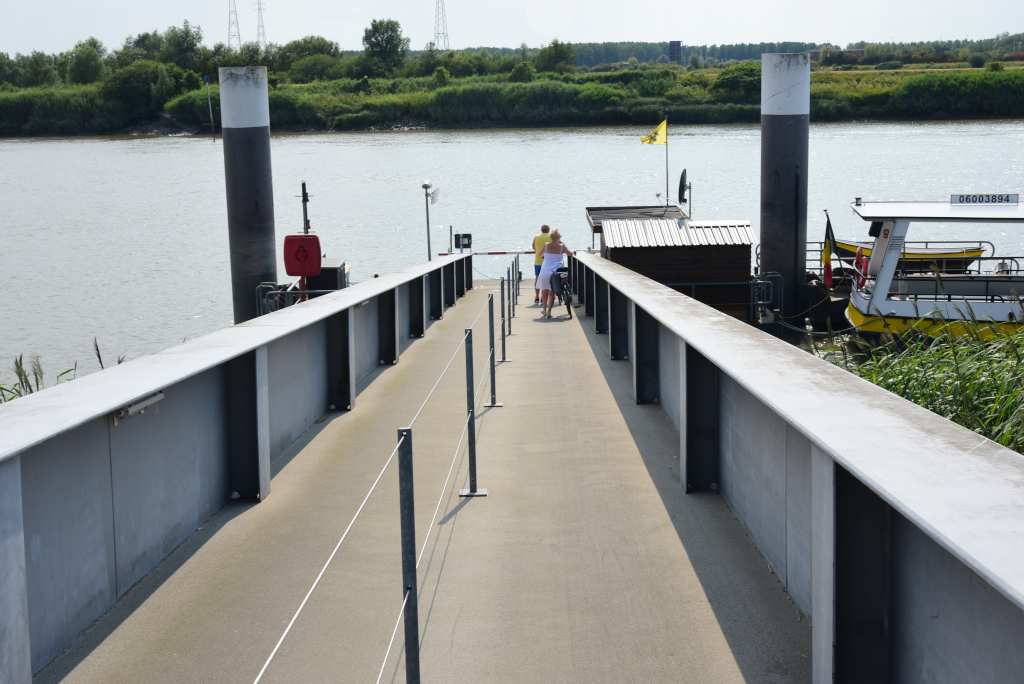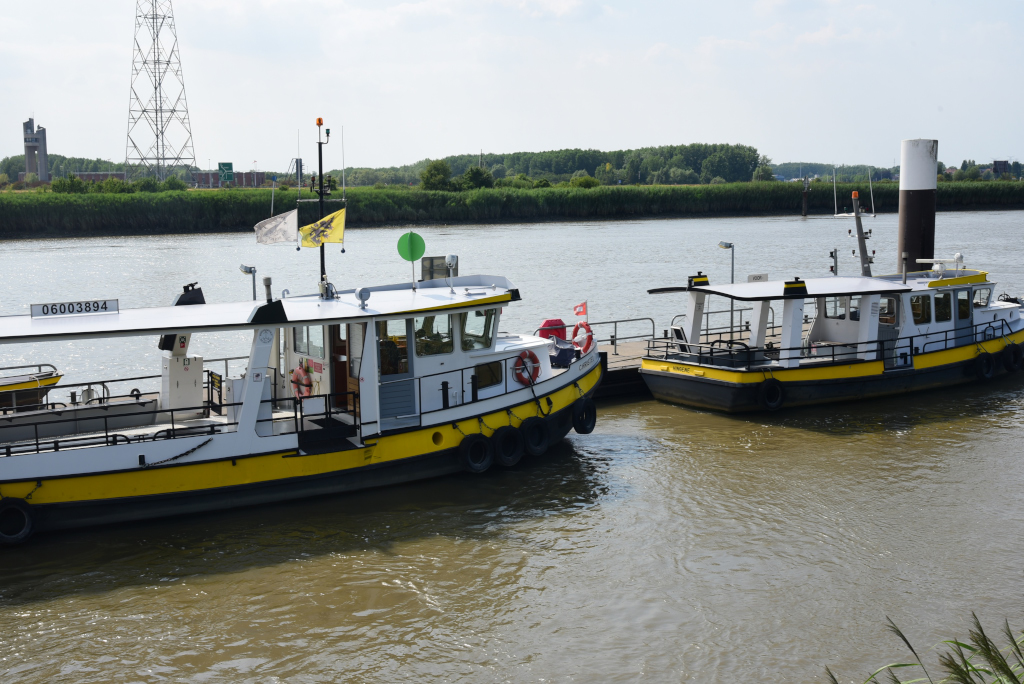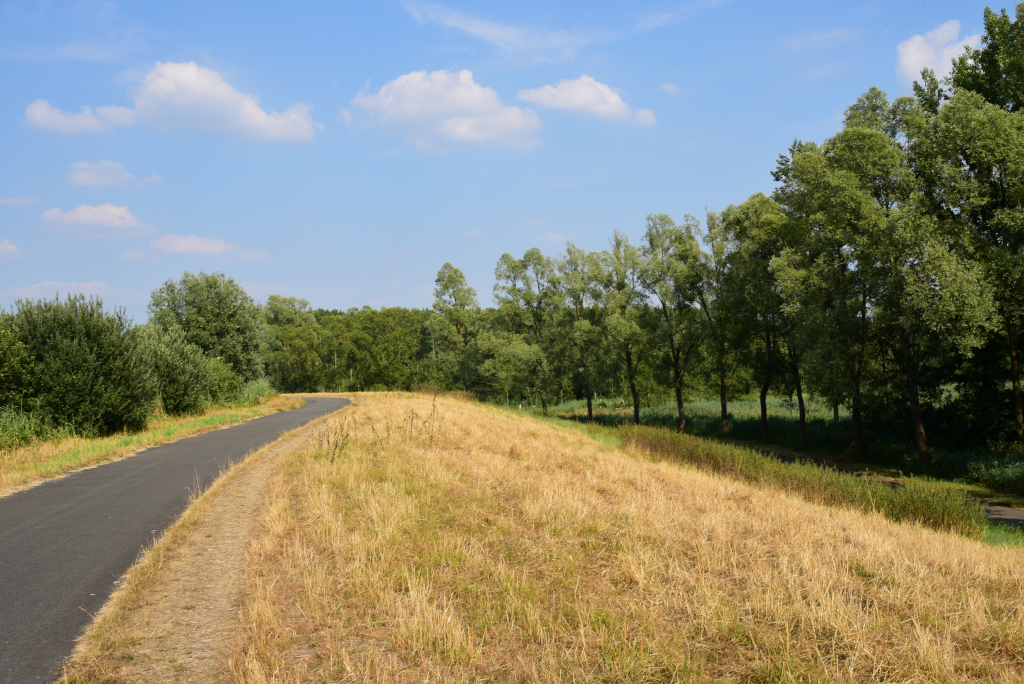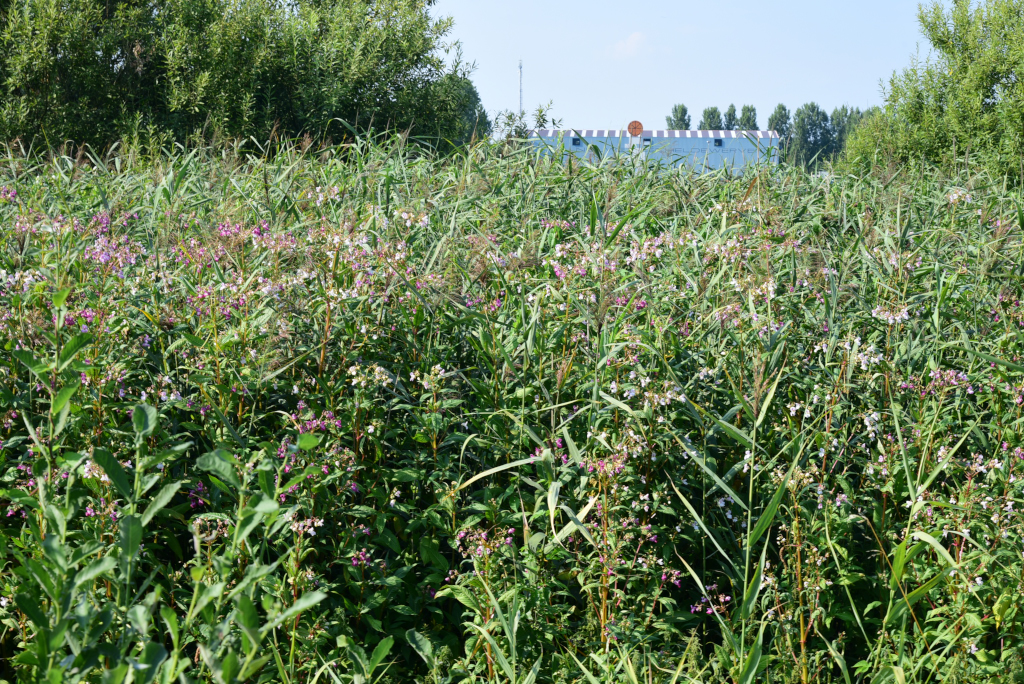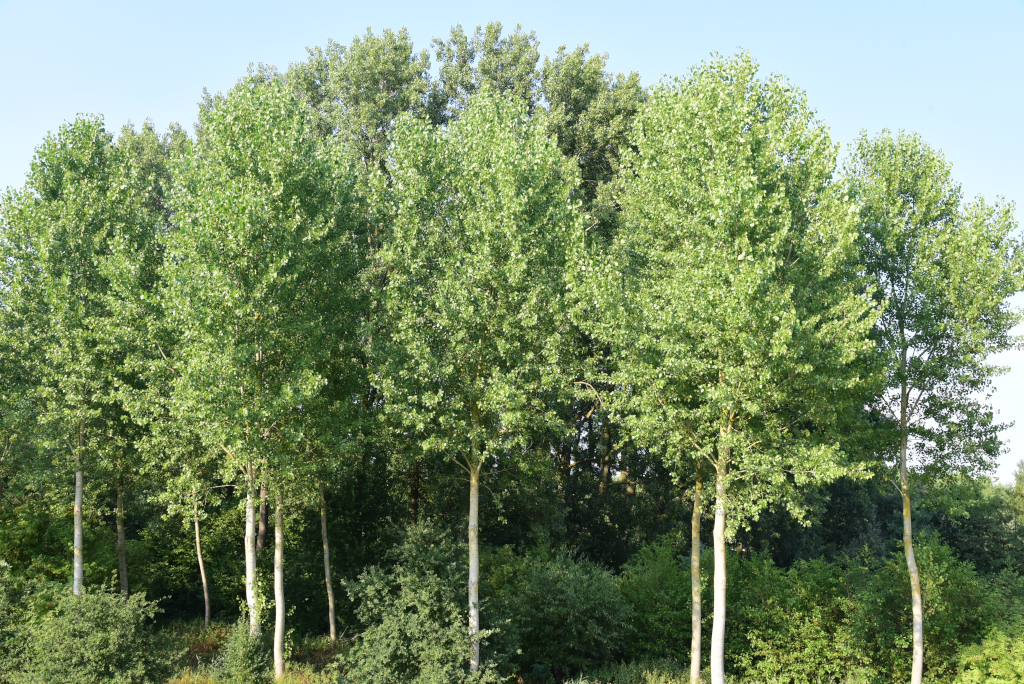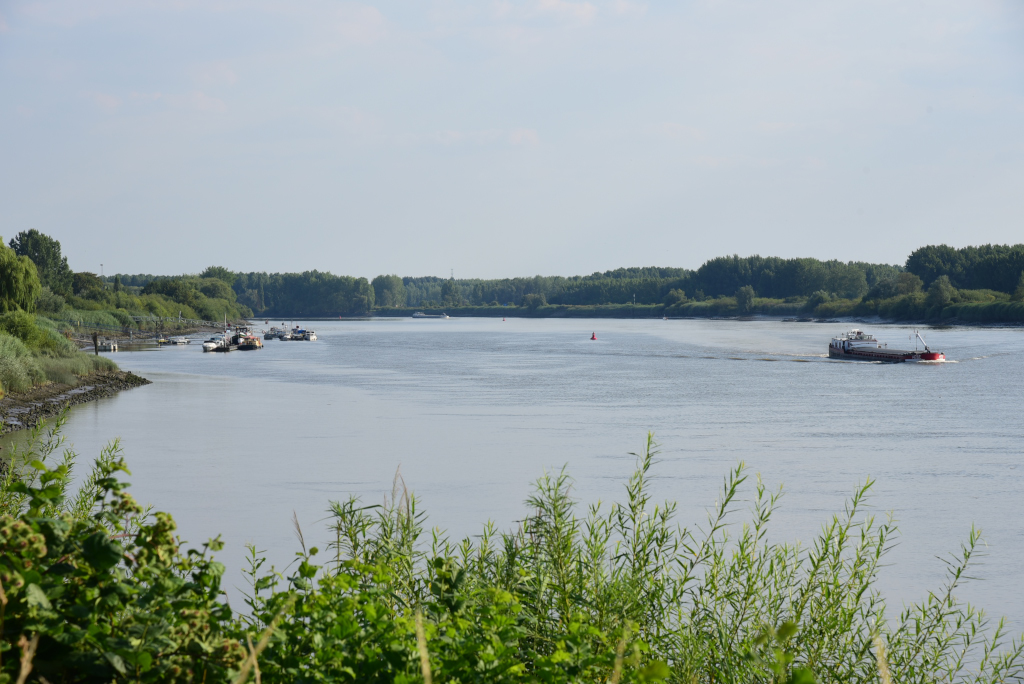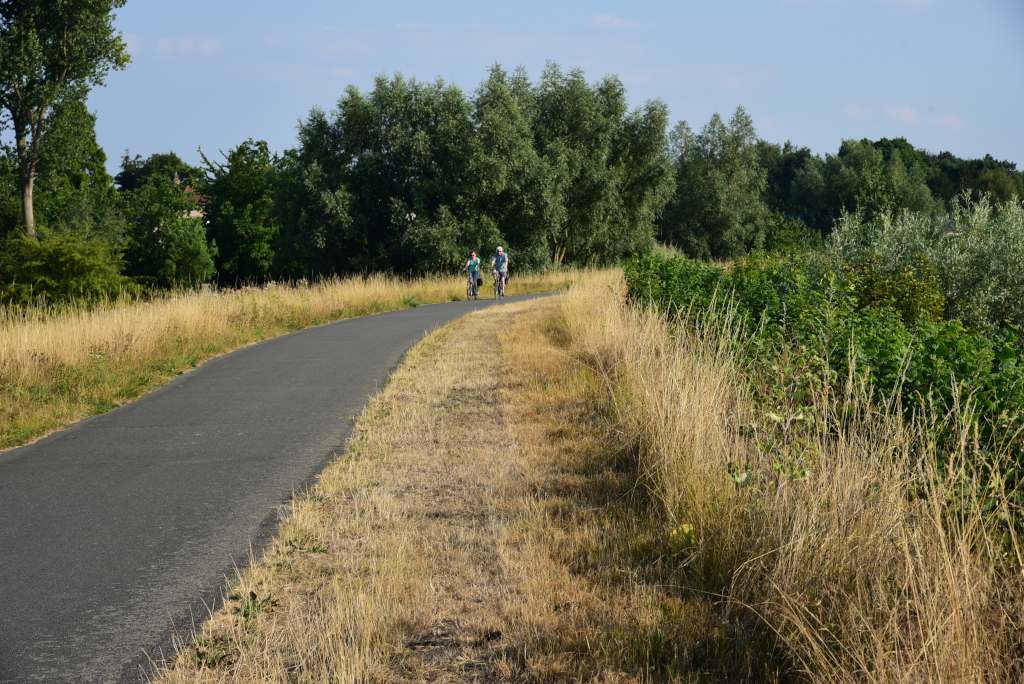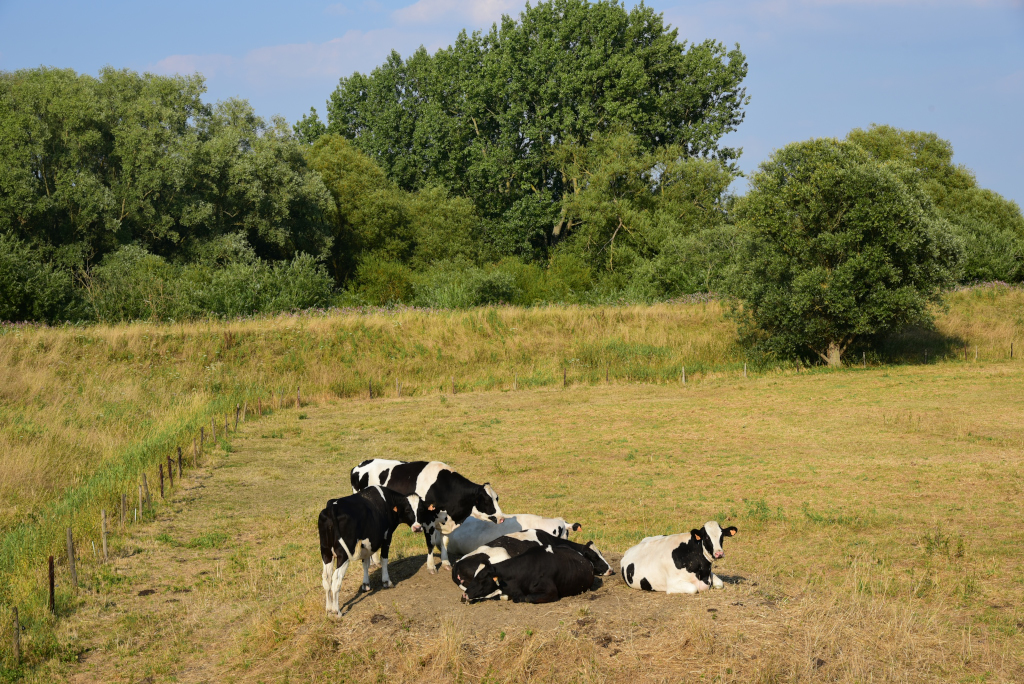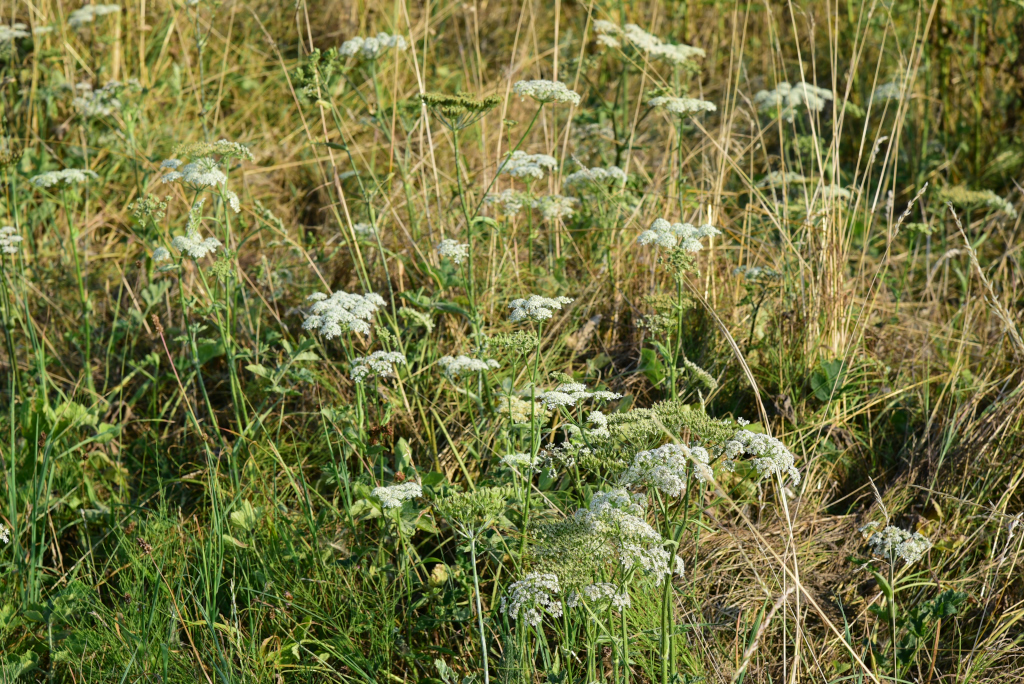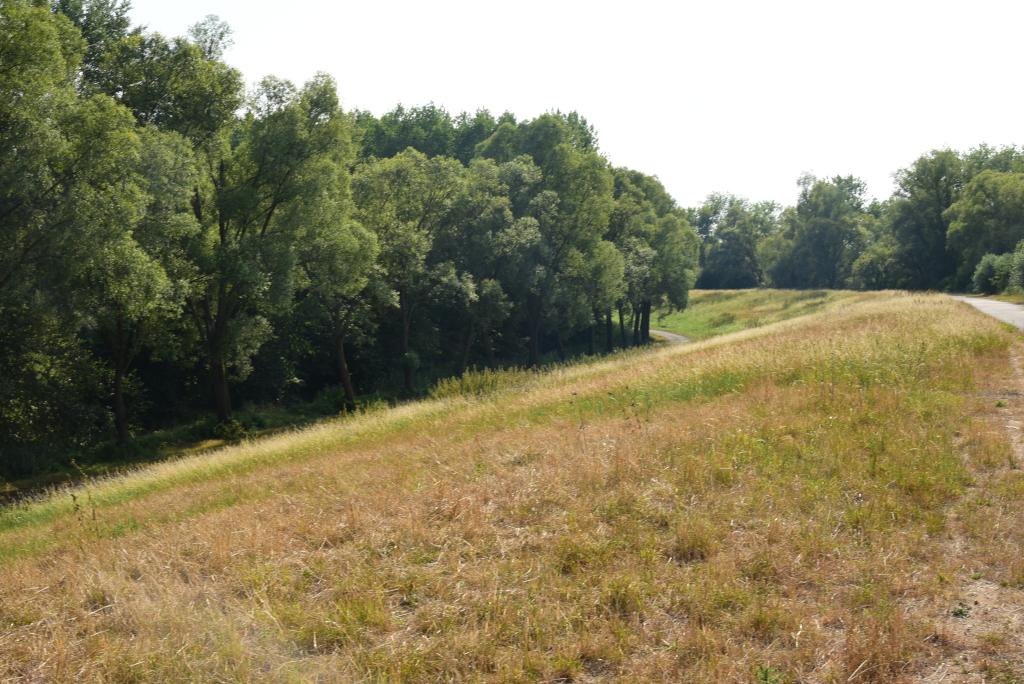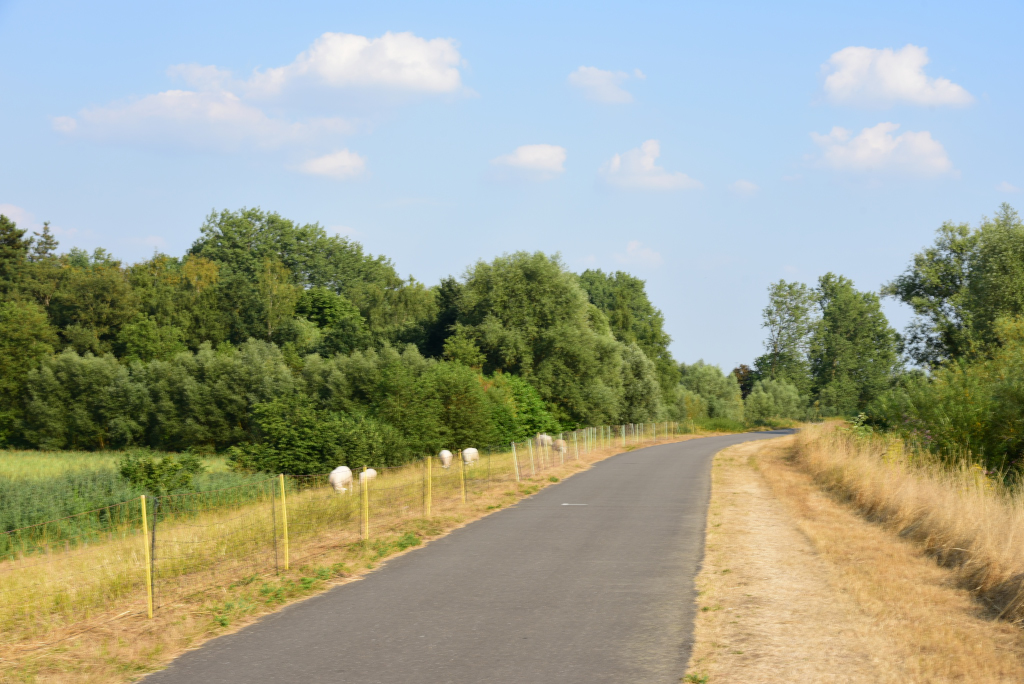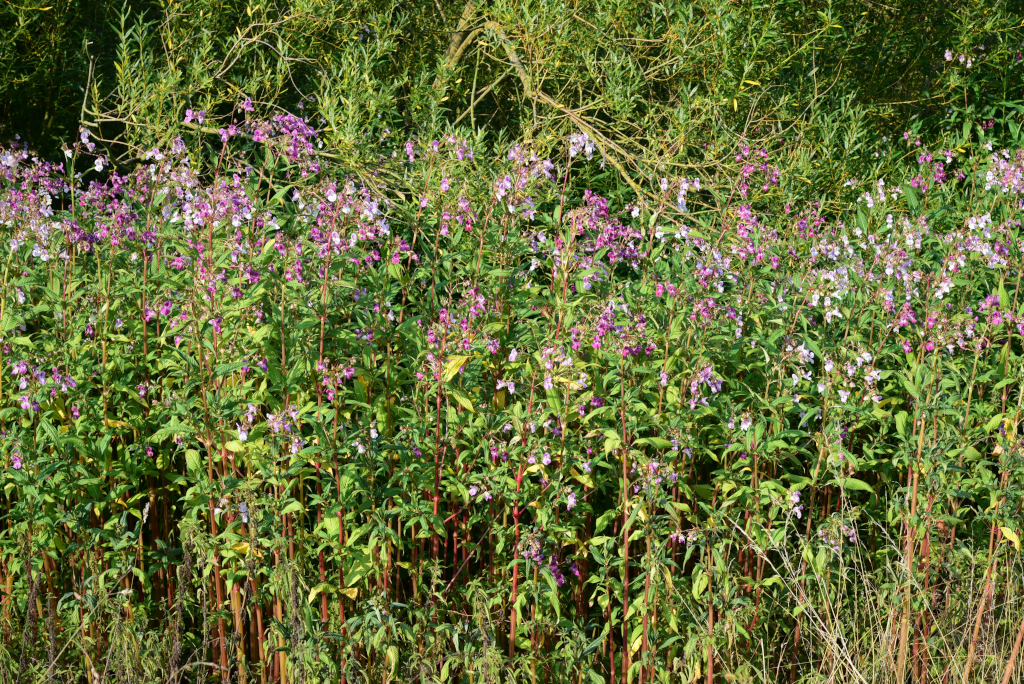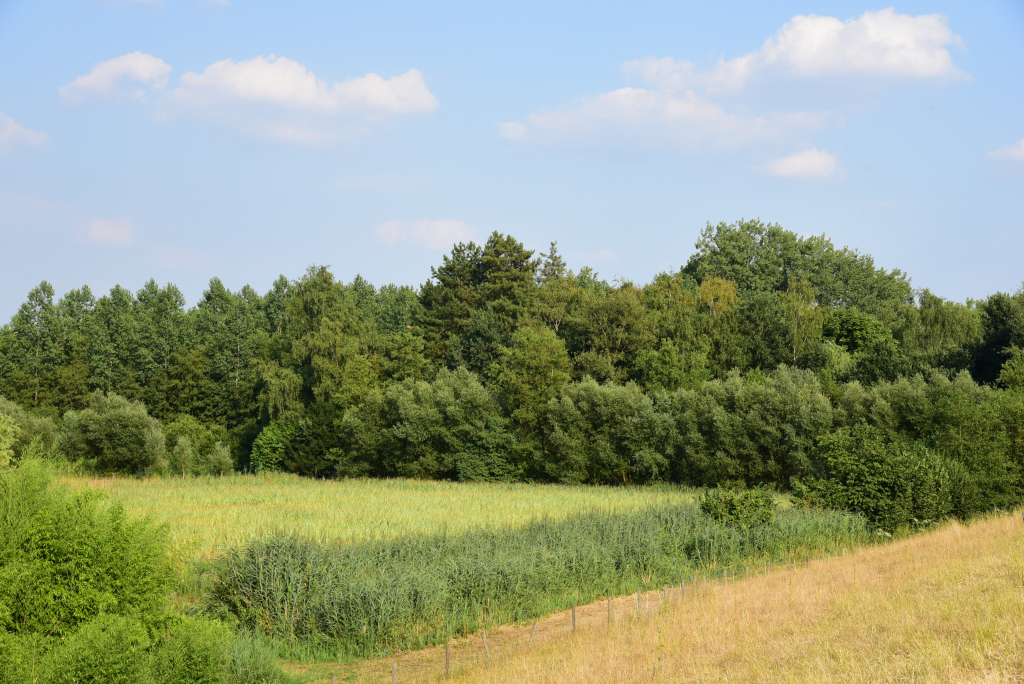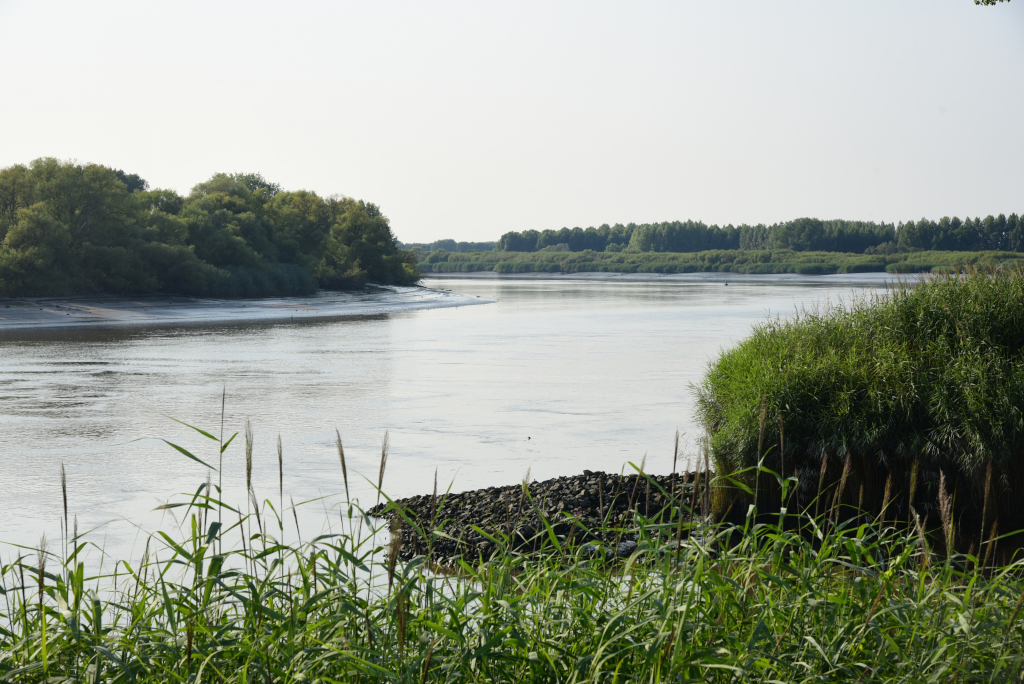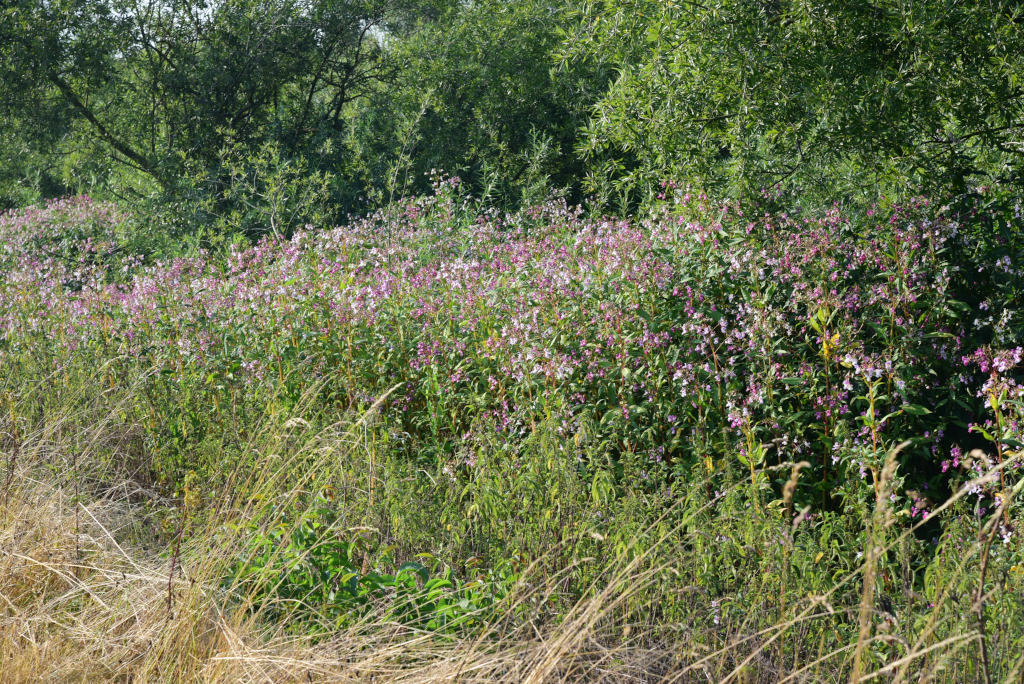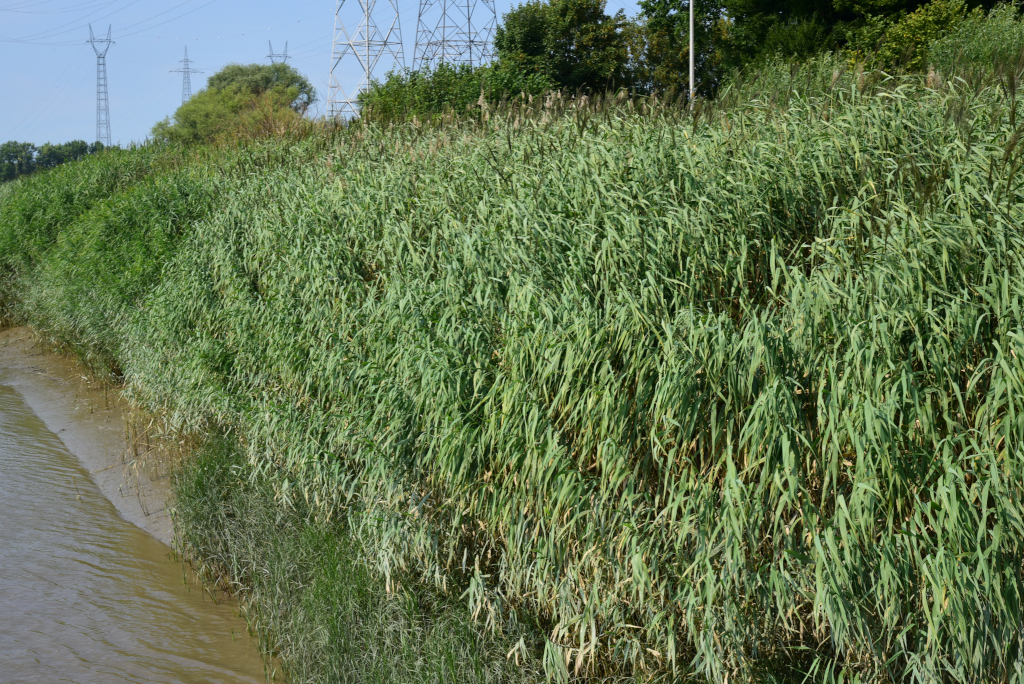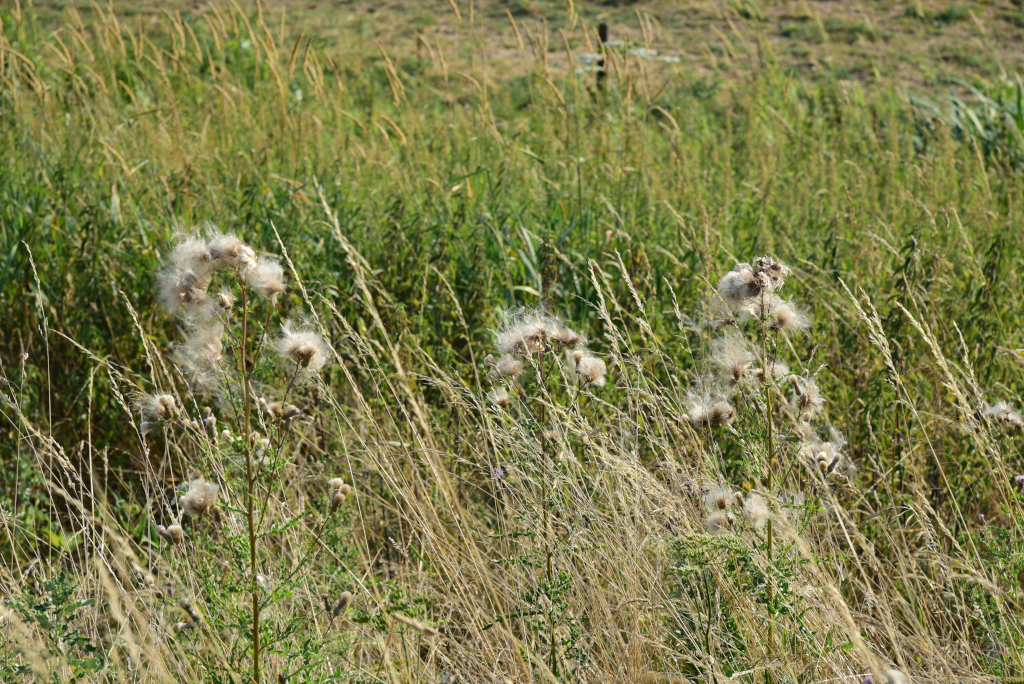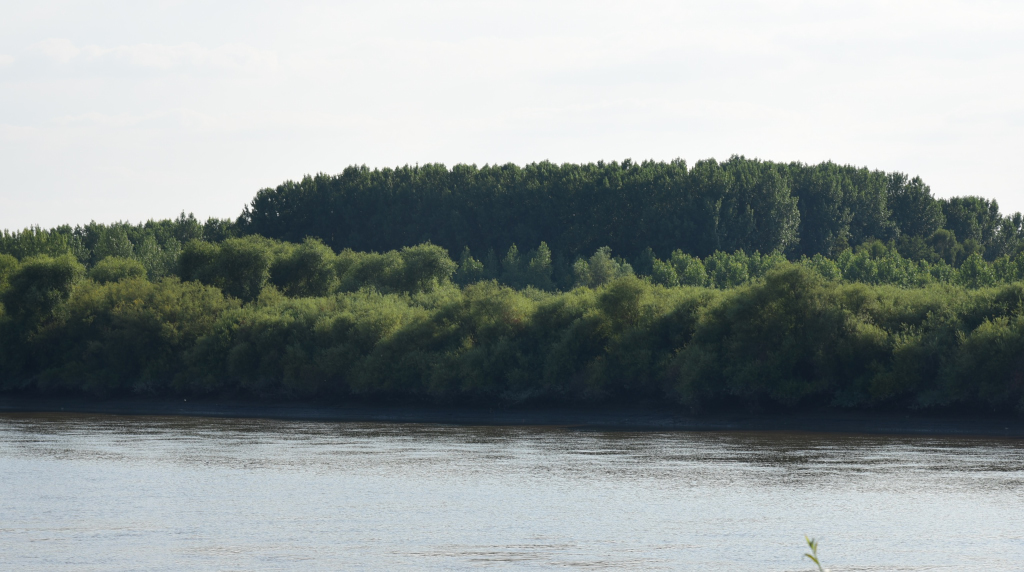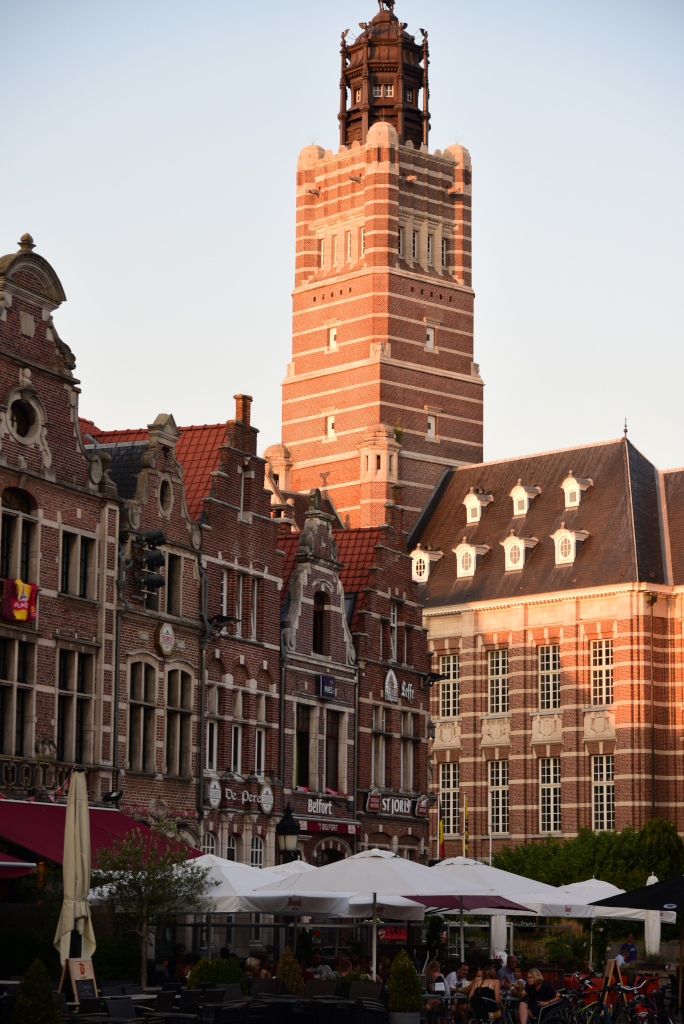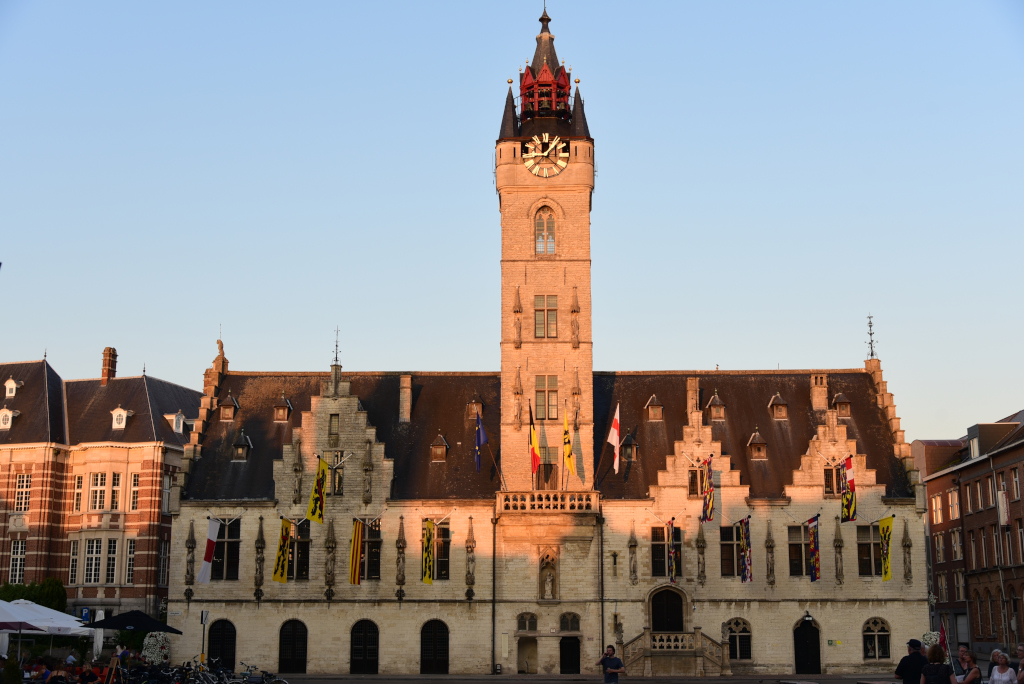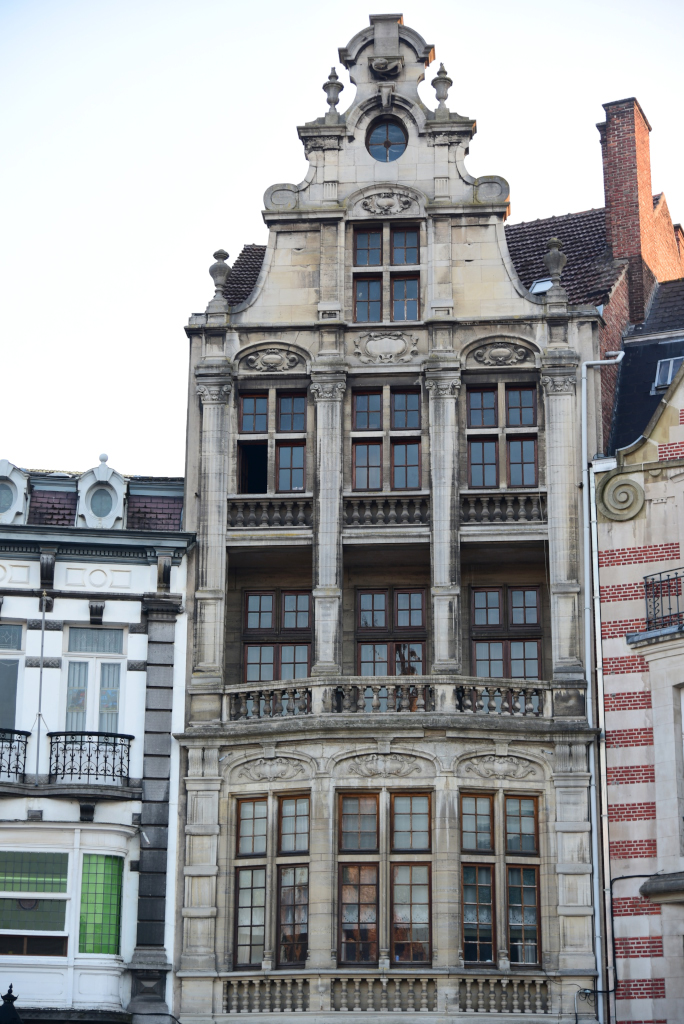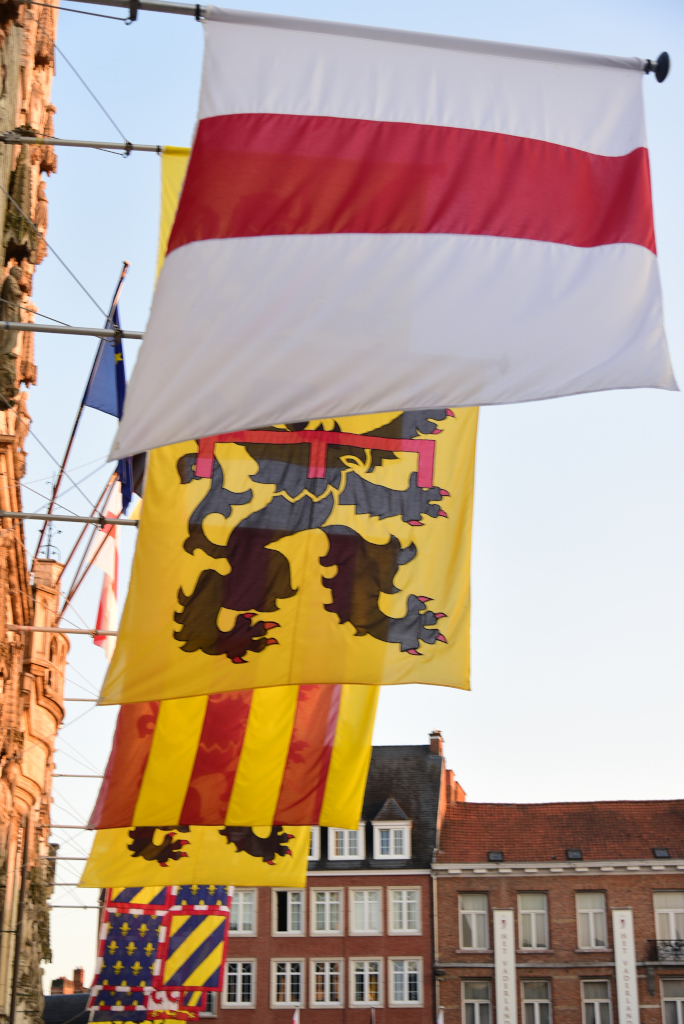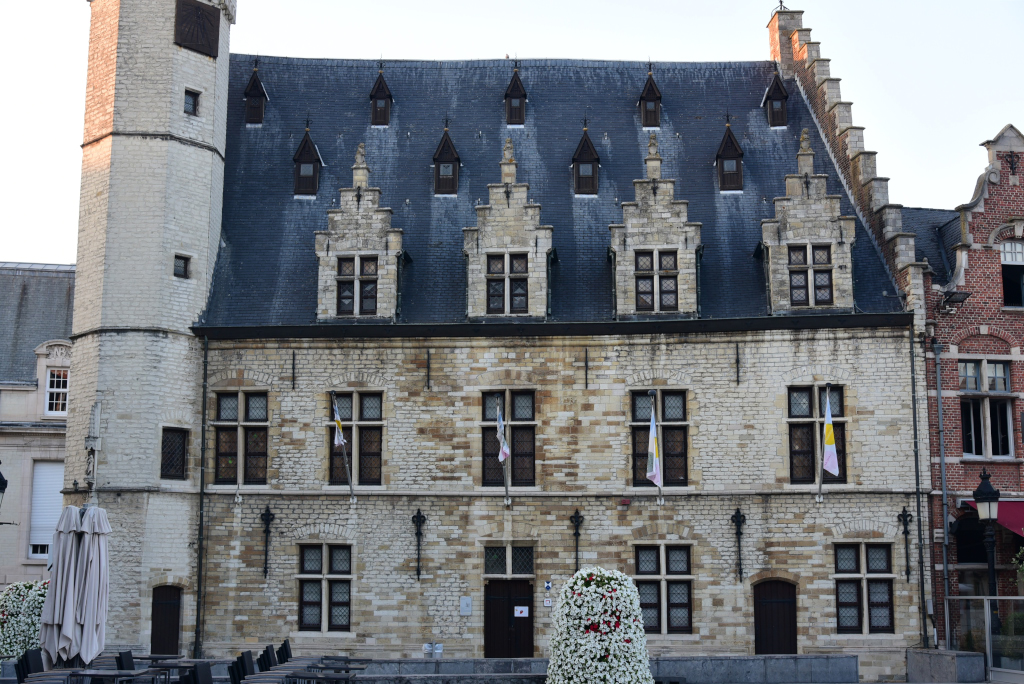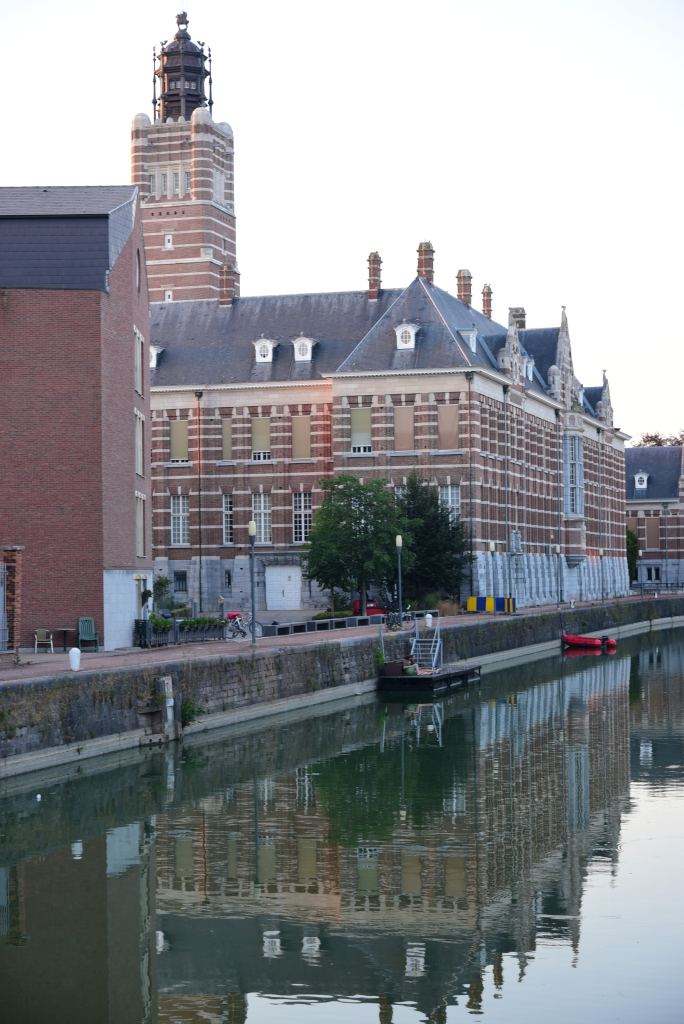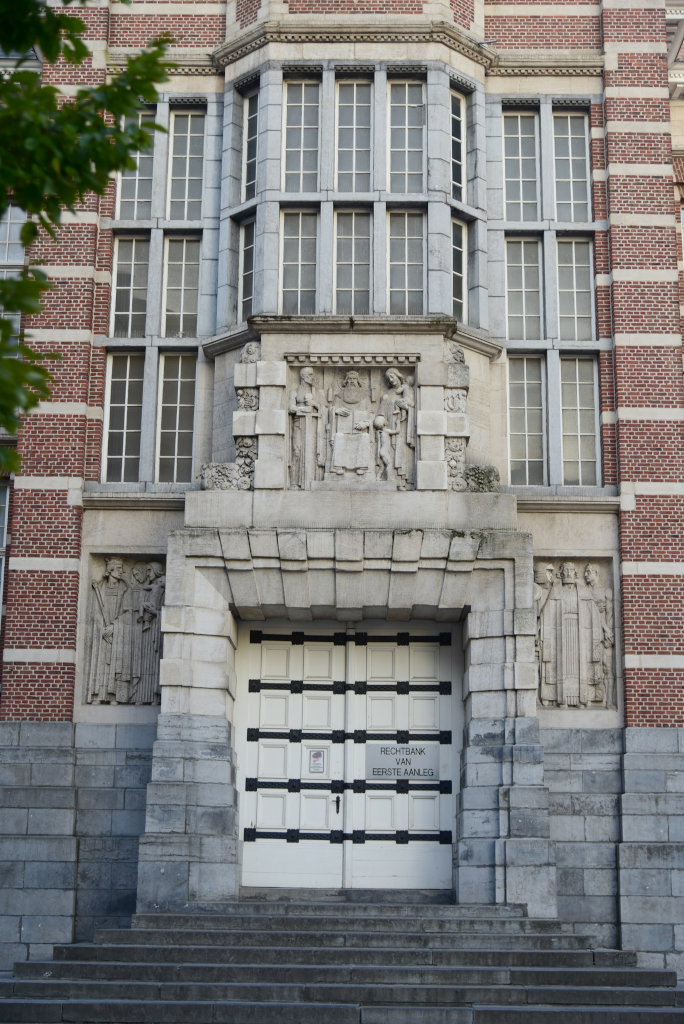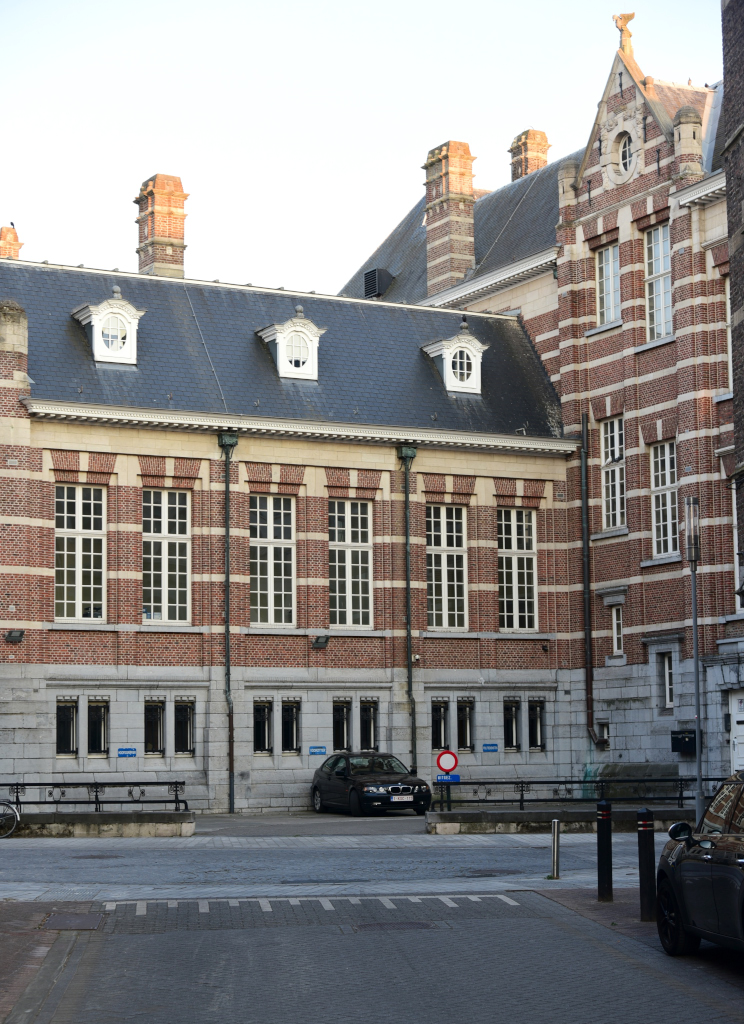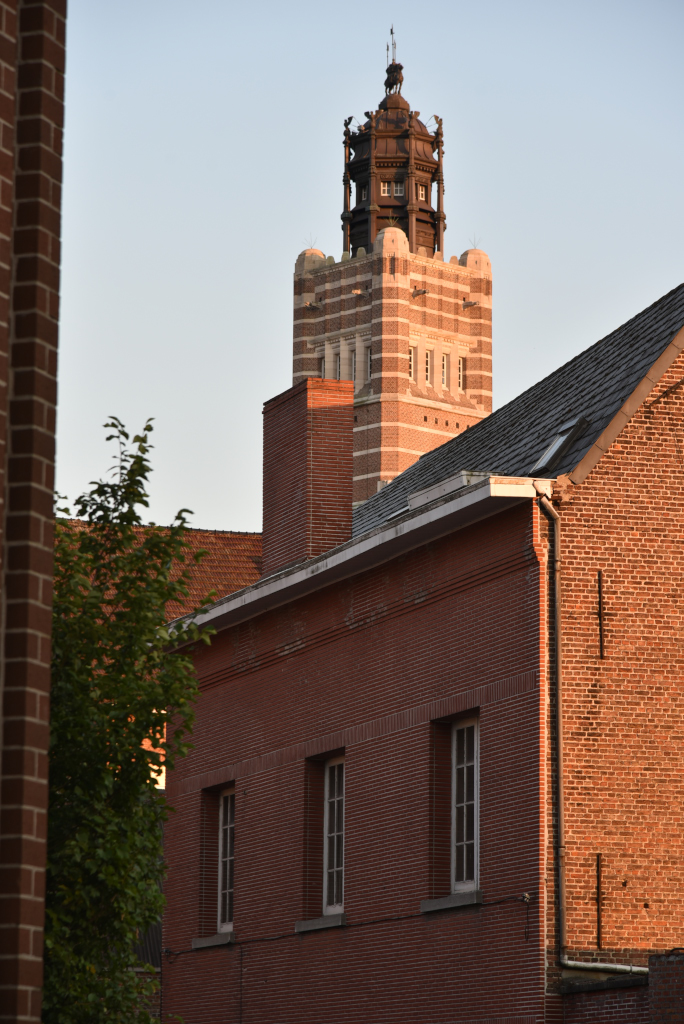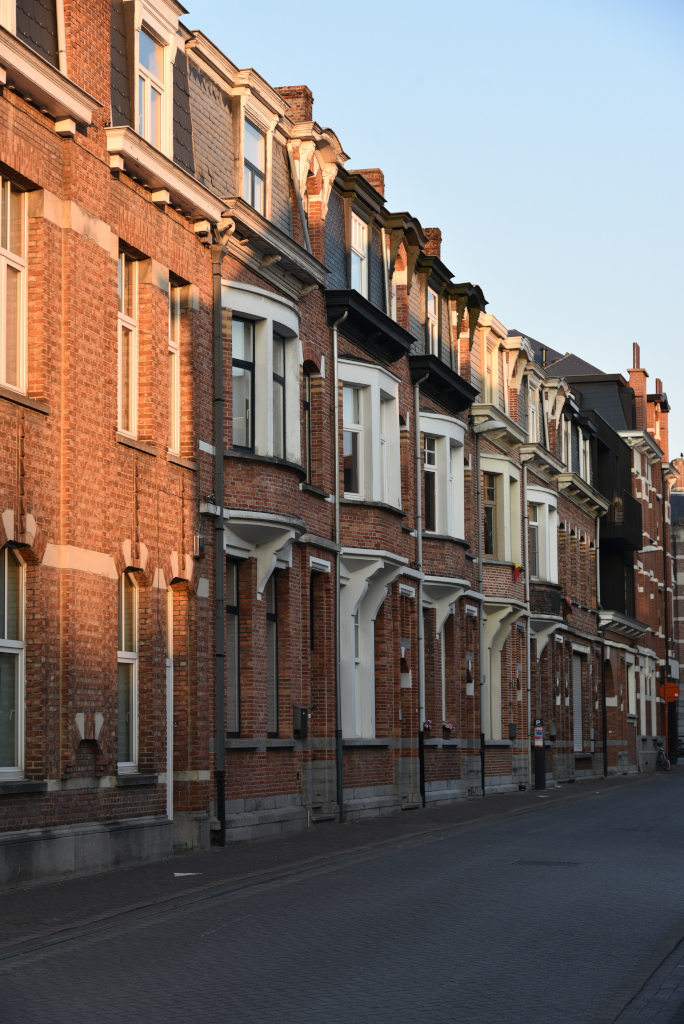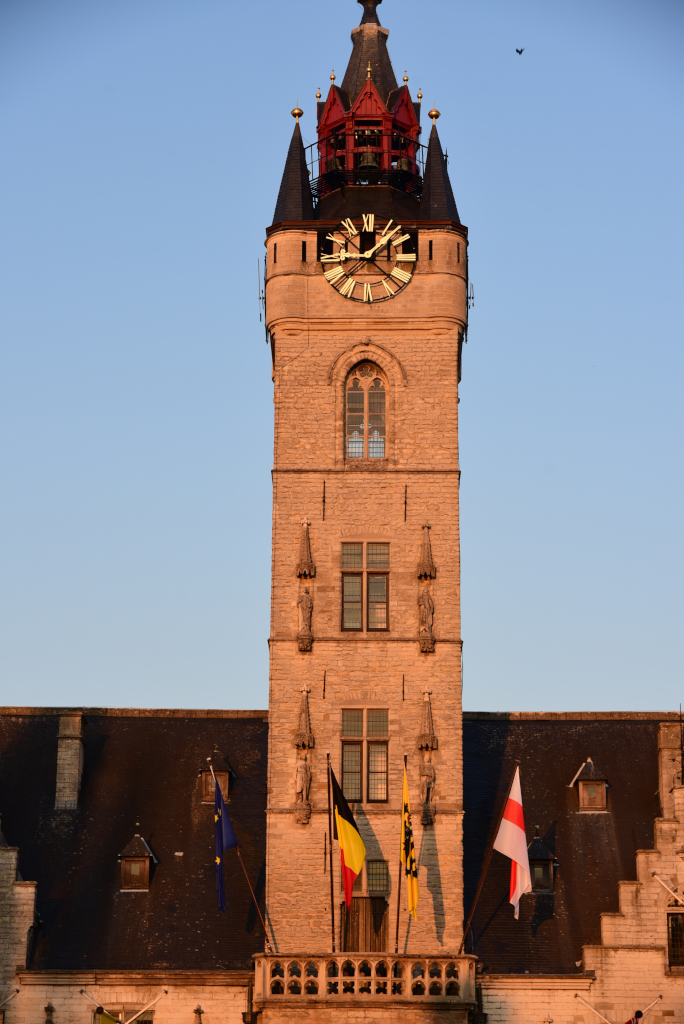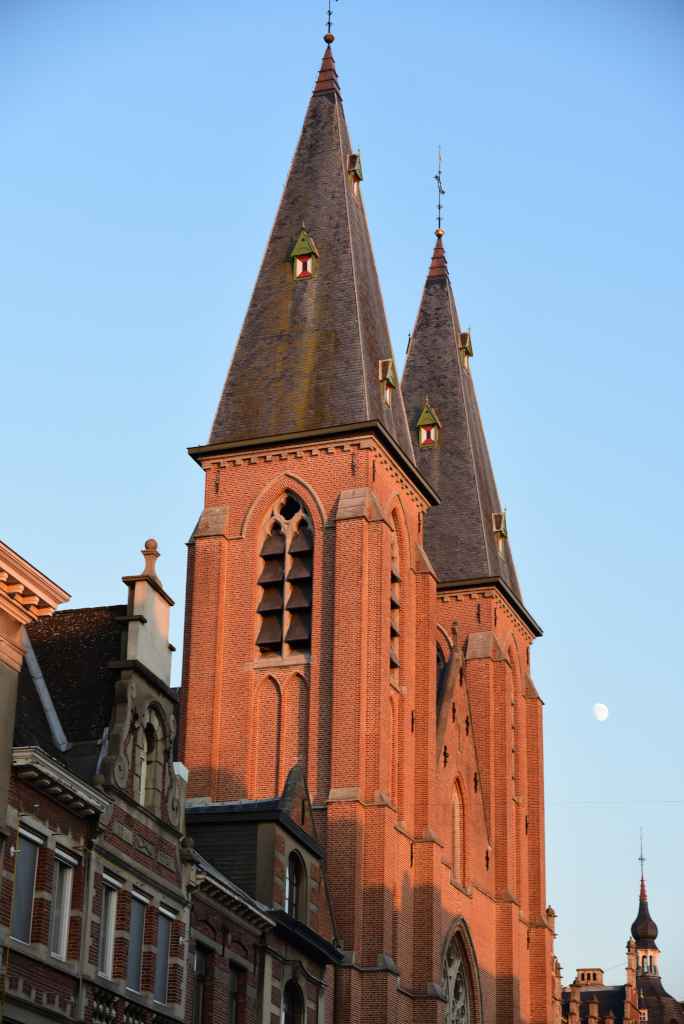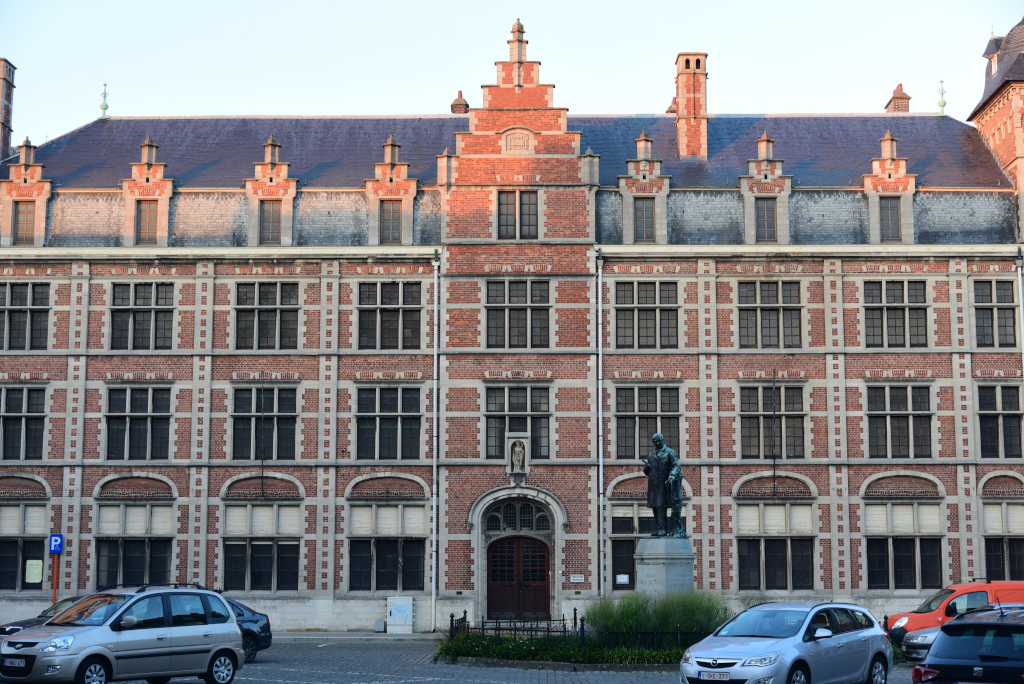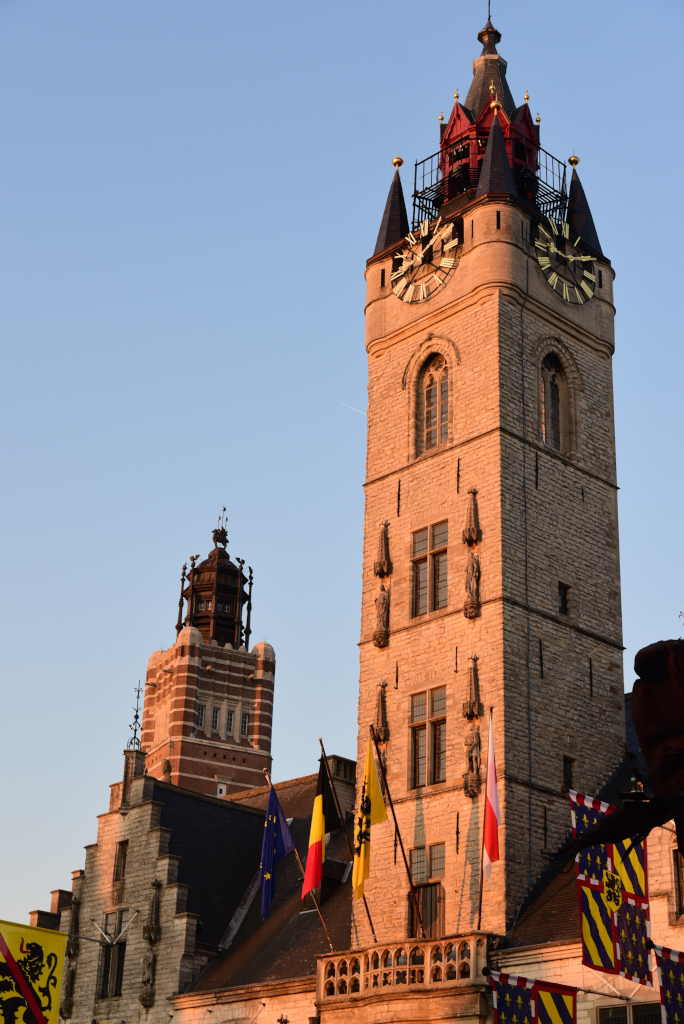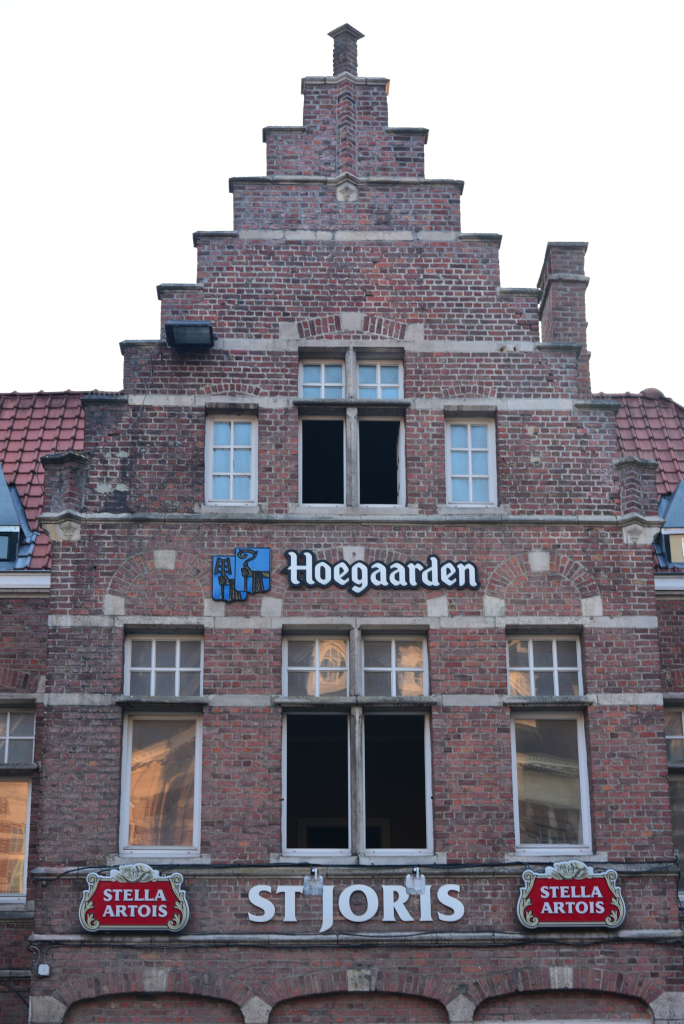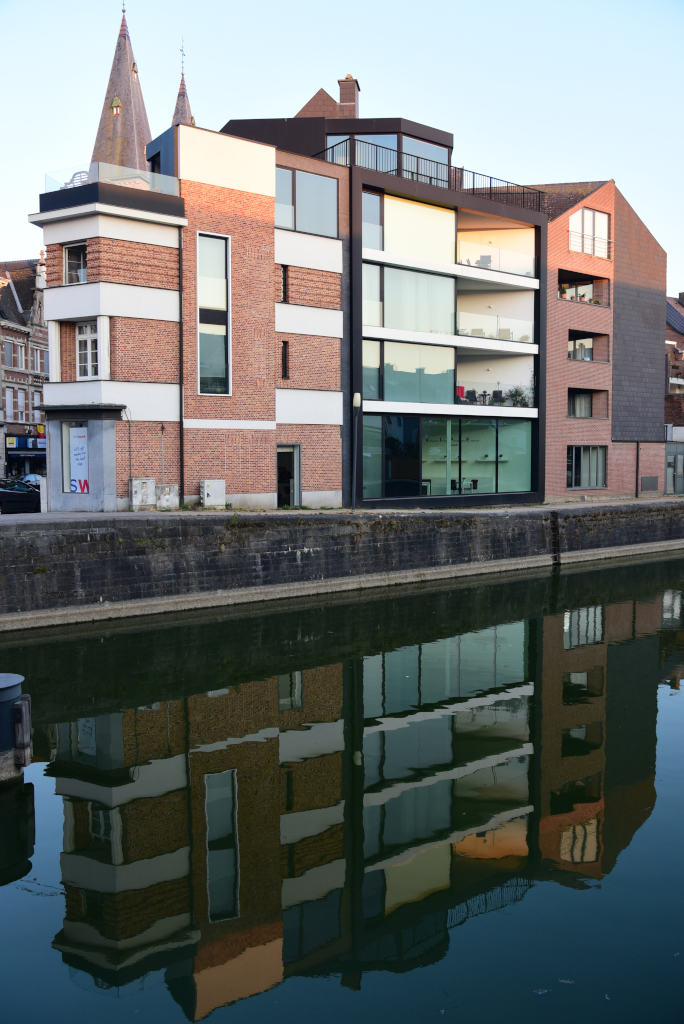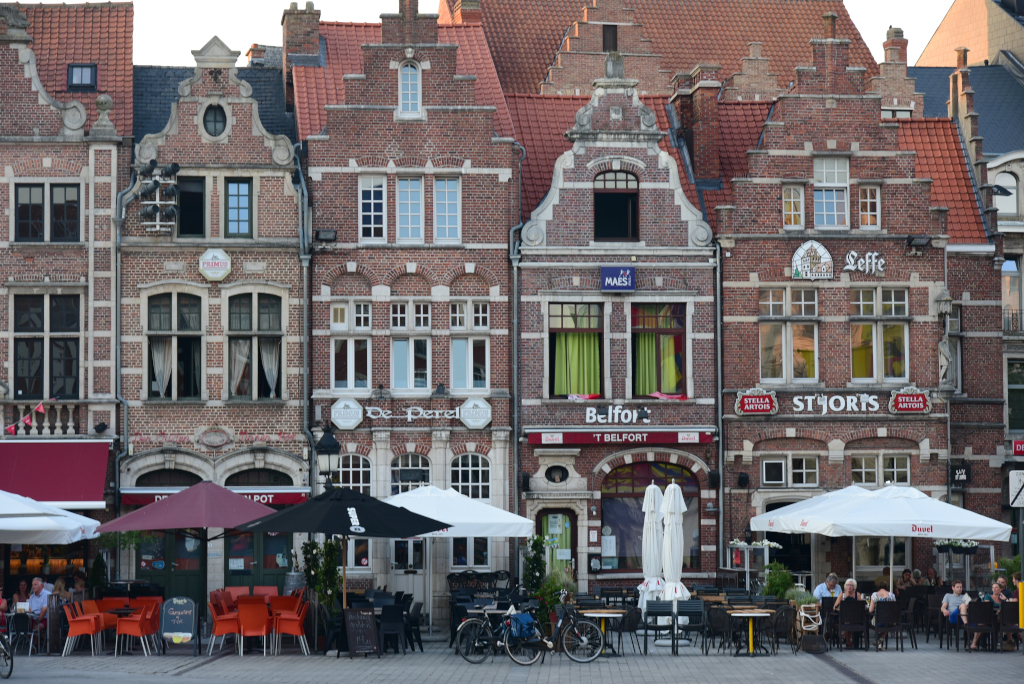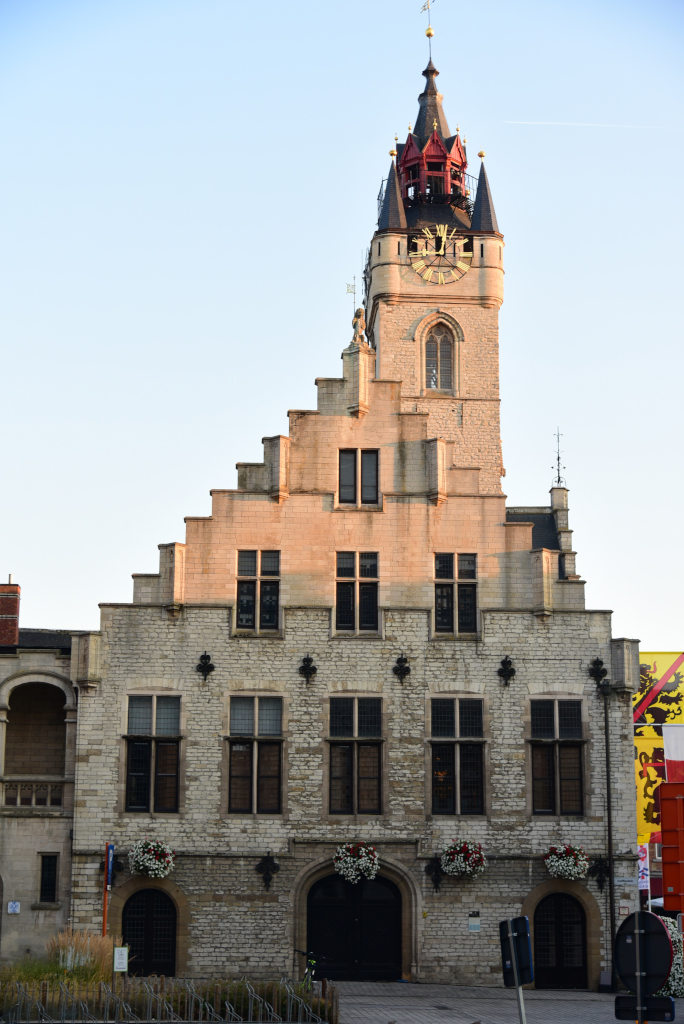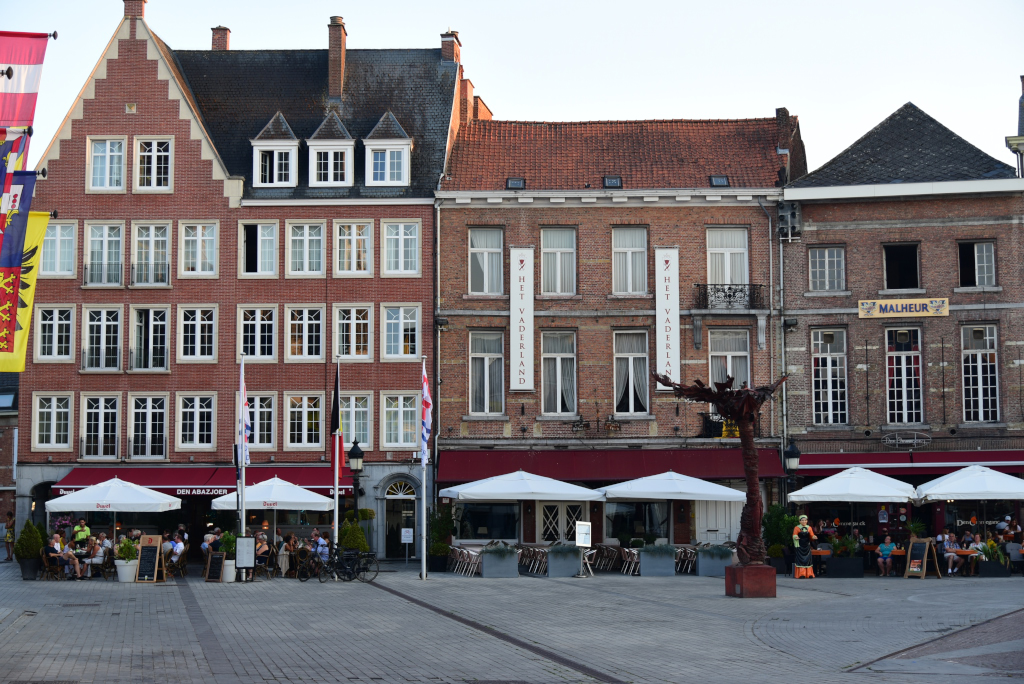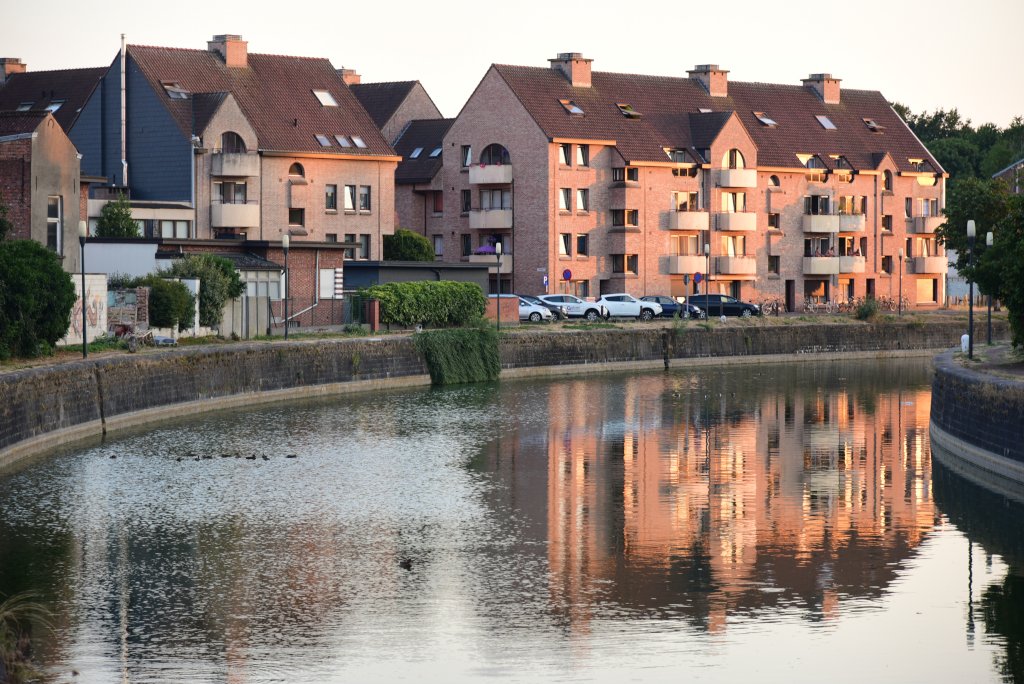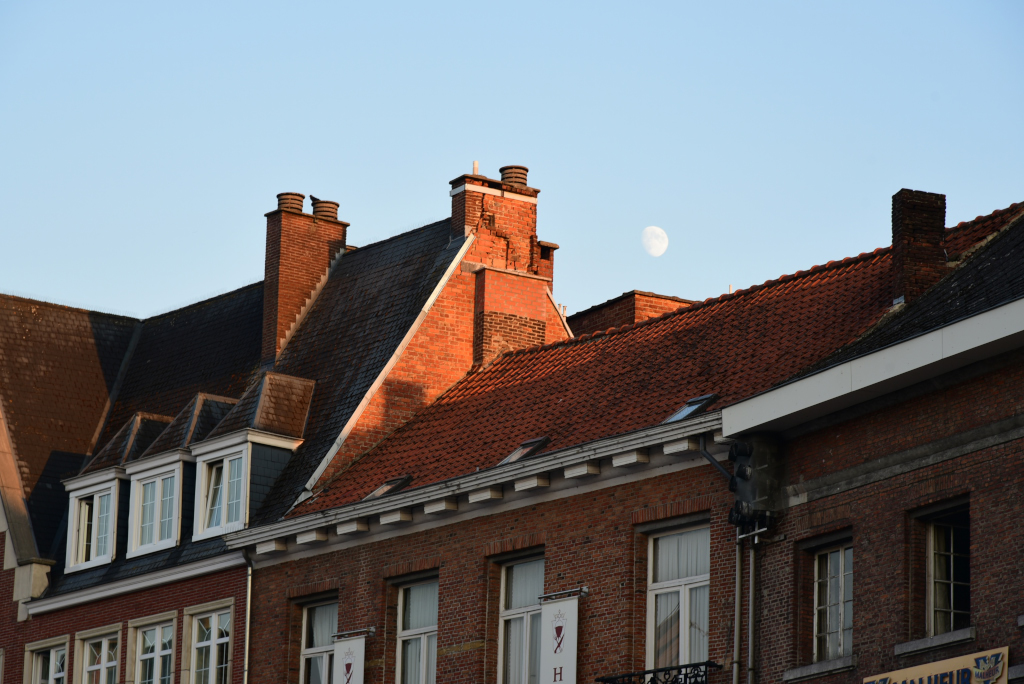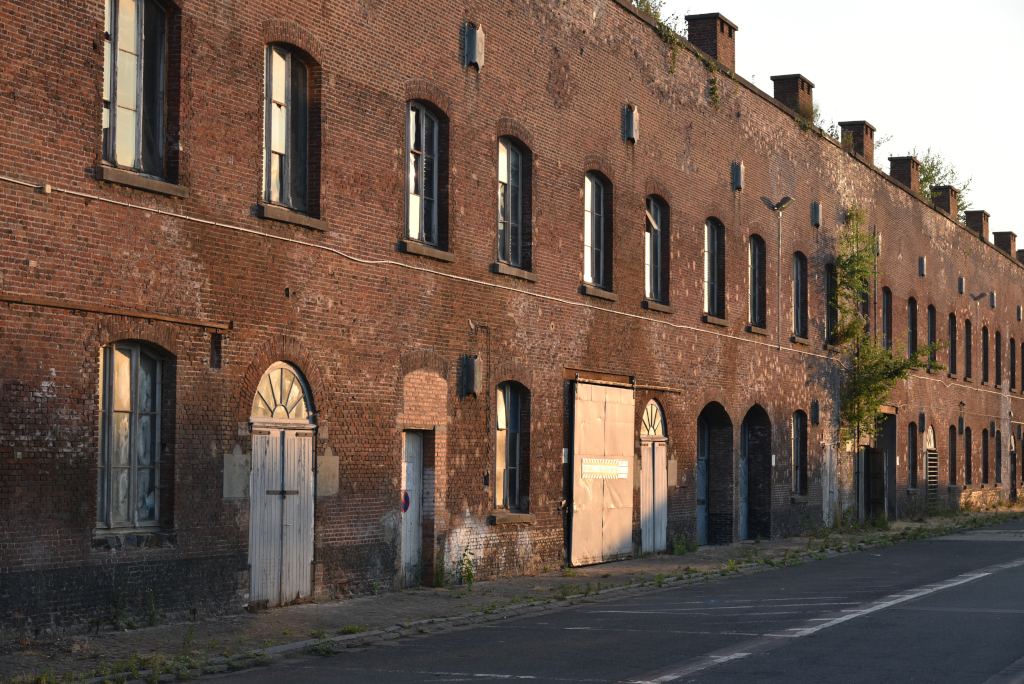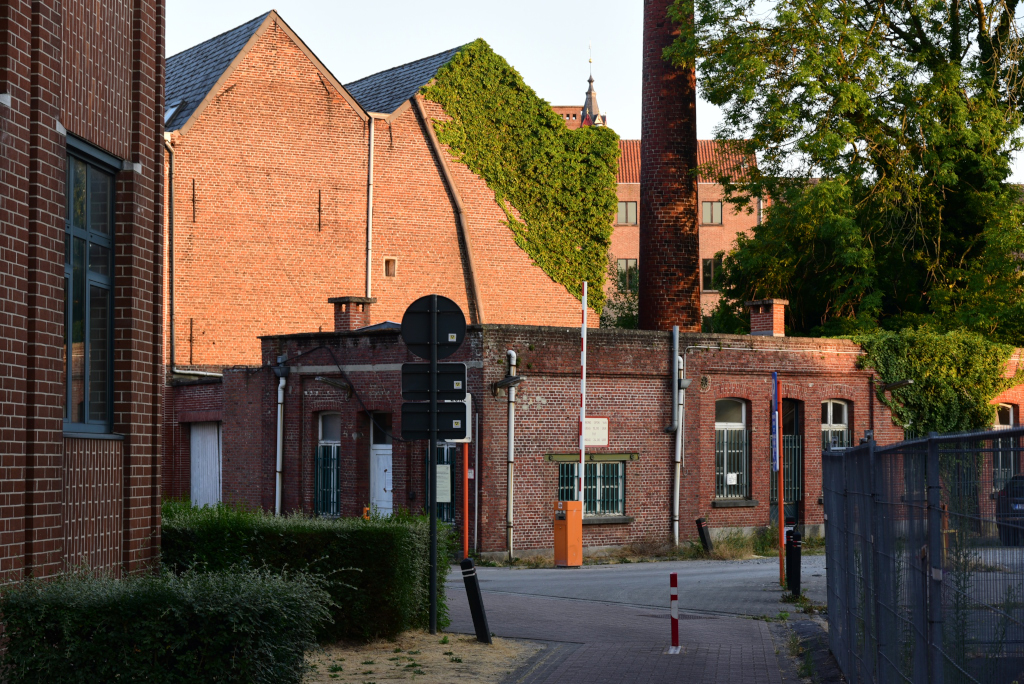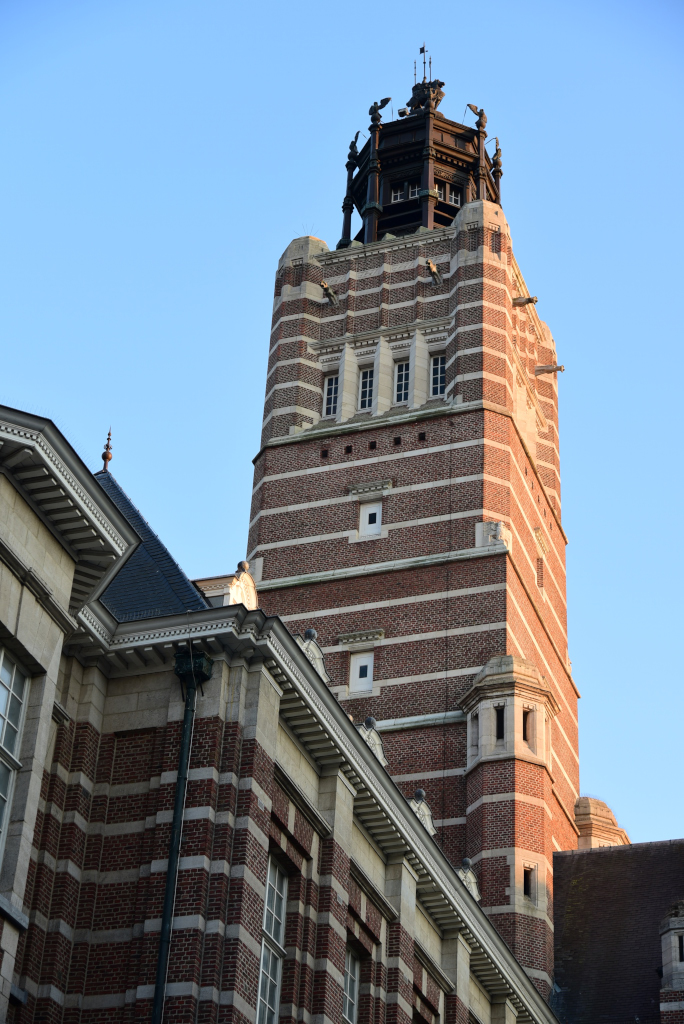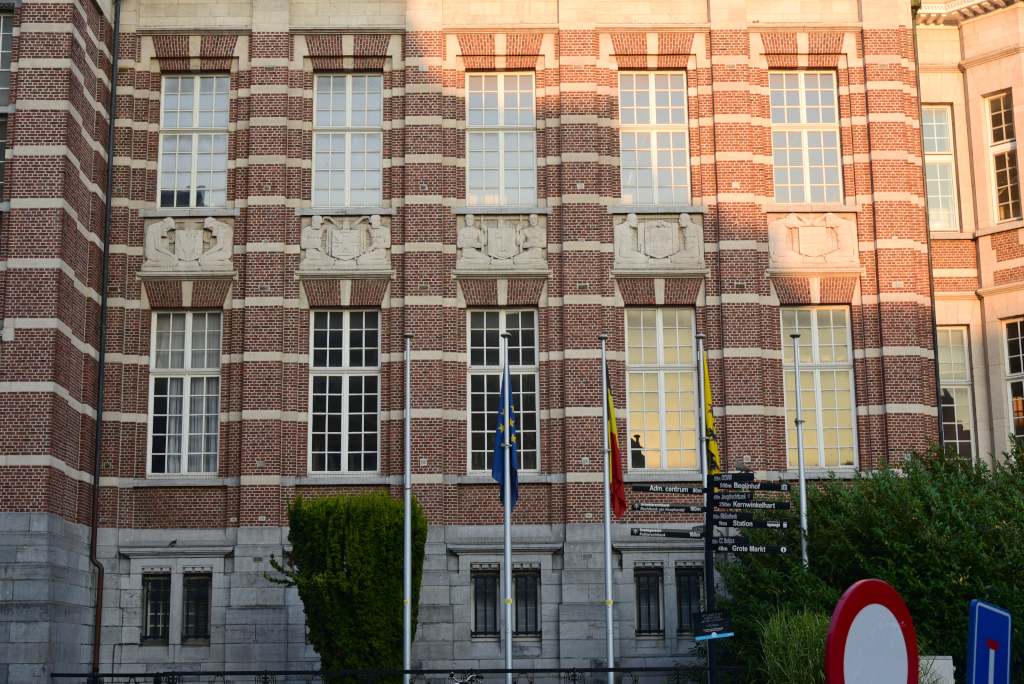July 23, 2018
Eilandje is the original port area of the city of Antwerp, now having been converted to a fashionable area containing the remnants of the port and its installations, converted warehouses, mixed in with innovative residential, retail and culinary establishments.
The MAS (Museum aan de Stroom) is a signature modernist monument in the Eilandje wharf district, the façade made of Indian red sandstone and curved glass panel construction, and housing a total of 470,000 objects. The 10 story structure contains some 5700 m² of exhibition space, and is located on the spot where the Hanzehuis used to stand, the local seat of the Hanseatic league.
Beyond the MAS, the Eilandje district contains other signature installations. The Bonaparte dock is home to well-preserved museum ships and also welcomes visits by historical sailing ships. Twelve dockside cranes along the Scheldt river hearken to an era in which the immediate area was integral to Antwerp’s shipping prowess. The Red Star Line Museum describes the journeys of emigrants who embarked for a new life in the New World, and the Felix Archive contains more than 24 km of storage shelves holding the records of the city and the port.
Leaving Antwerp, I ride along the Scheldt river to the southwest, the winding river meandering upstream in the direction of the great Flemish city of Ghent. I continue along the crest of dikes, over locks and between the treed fringes and the water, crossing the placid waters in quaint river ferries that provide service almost exclusively to the regular cordon of retirees venturing off on their bicycle journeys across this flat but intriguing landscape.
Outside the city, the world is calm and bucolic, although far from wild, other than the patches of colourful flowering herbs that crop up along the paved bicycle paths. Following along the river provides for a more pleasant journey, and in the confusion of competing bicycle trails typical of the Low Countries, also makes it far more difficult to get lost.
My next destination is Dendermonde, an impeccable jewel of medieval Flanders. From the outside, the town seems relatively innocuous, but weaving on foot through the narrow alleys to the centre, the late afternoon light underlines the burnt hues of the the soaring historic brick structures.
The area of Dendermonde was apparently already heavily settled in Gallo-Roman and Merovingian times. The Treaty of Verdun placed Dendermonde in Lotharingia in the mid-9th century, then by the late 9th century, it was incorporated into the County of Flanders. The town received its city charter in 1233, then grew quickly, thanks to a thriving cloth industry. Due to the new-found wealth, ecclesiastical structures and a fortified defensive wall were erected, as well as a cloth hall and belfry on the market square in the mid 14th century.
(Narrative excerpted from Wikipedia and www.portofantwerp.com)

